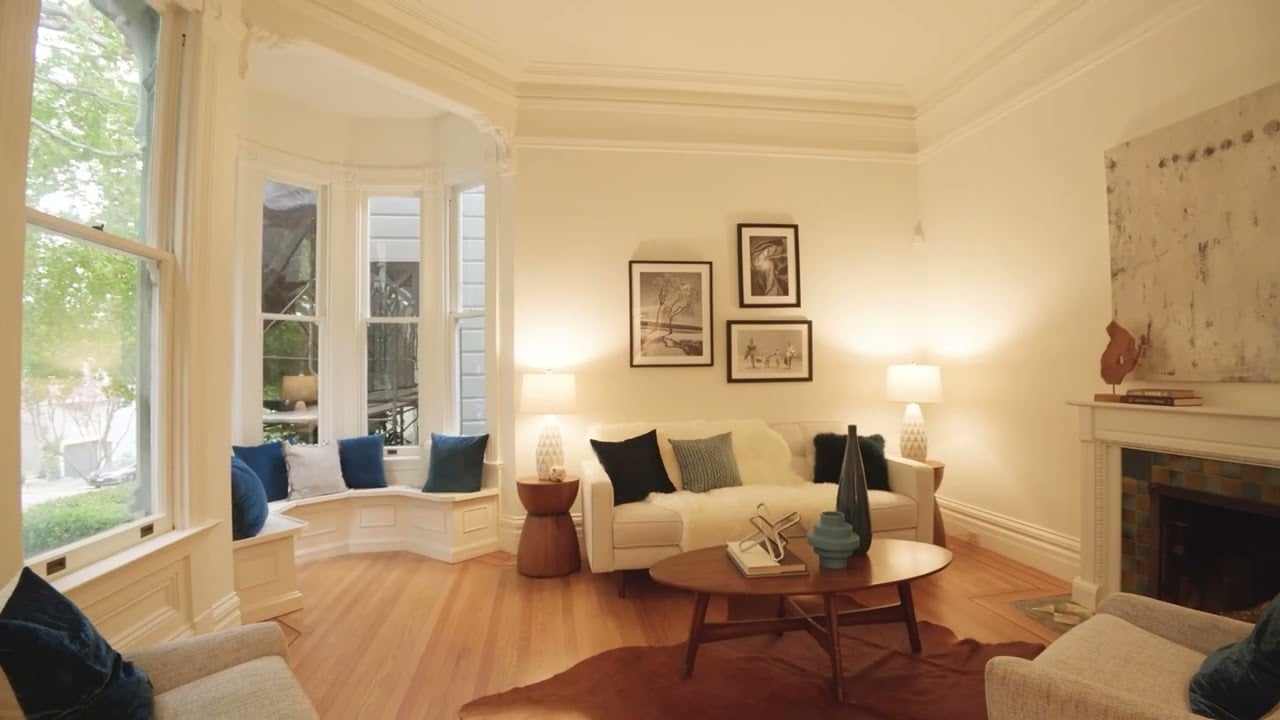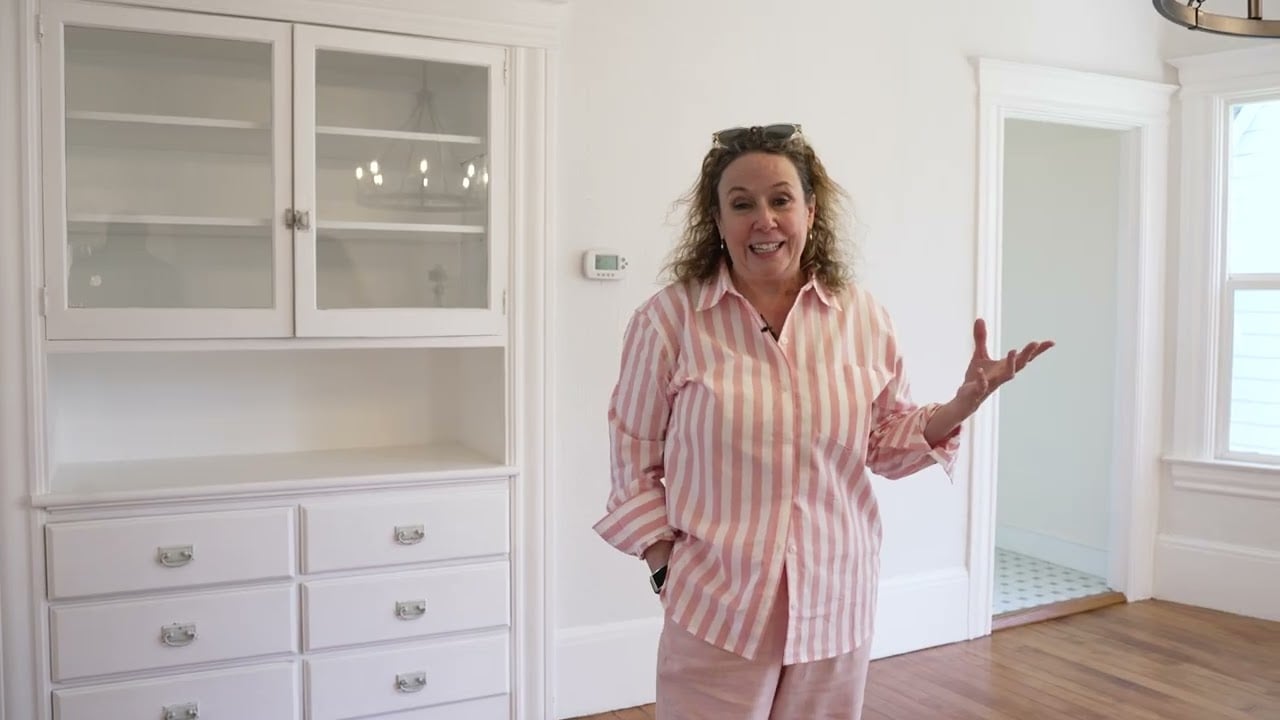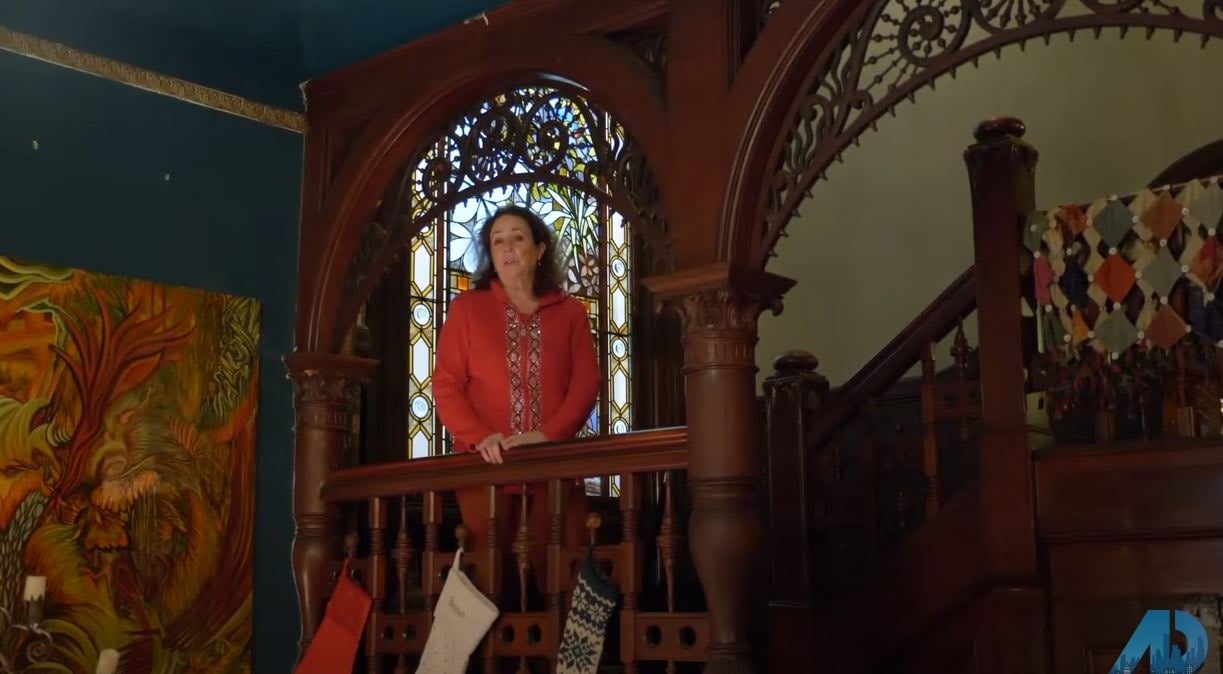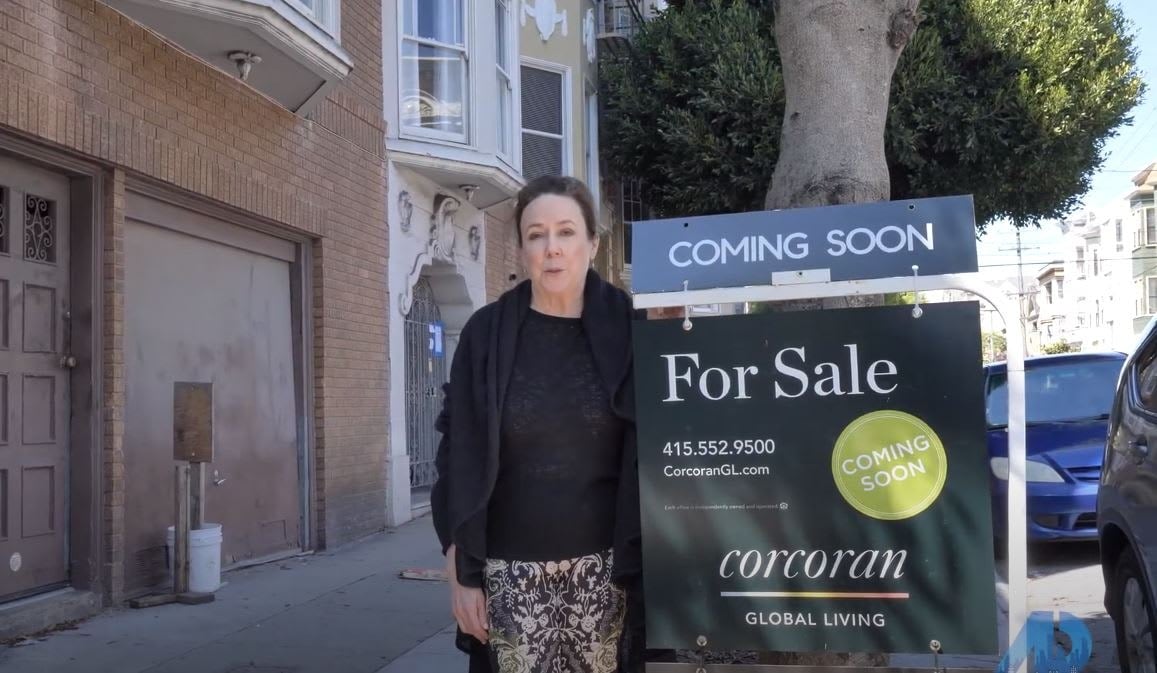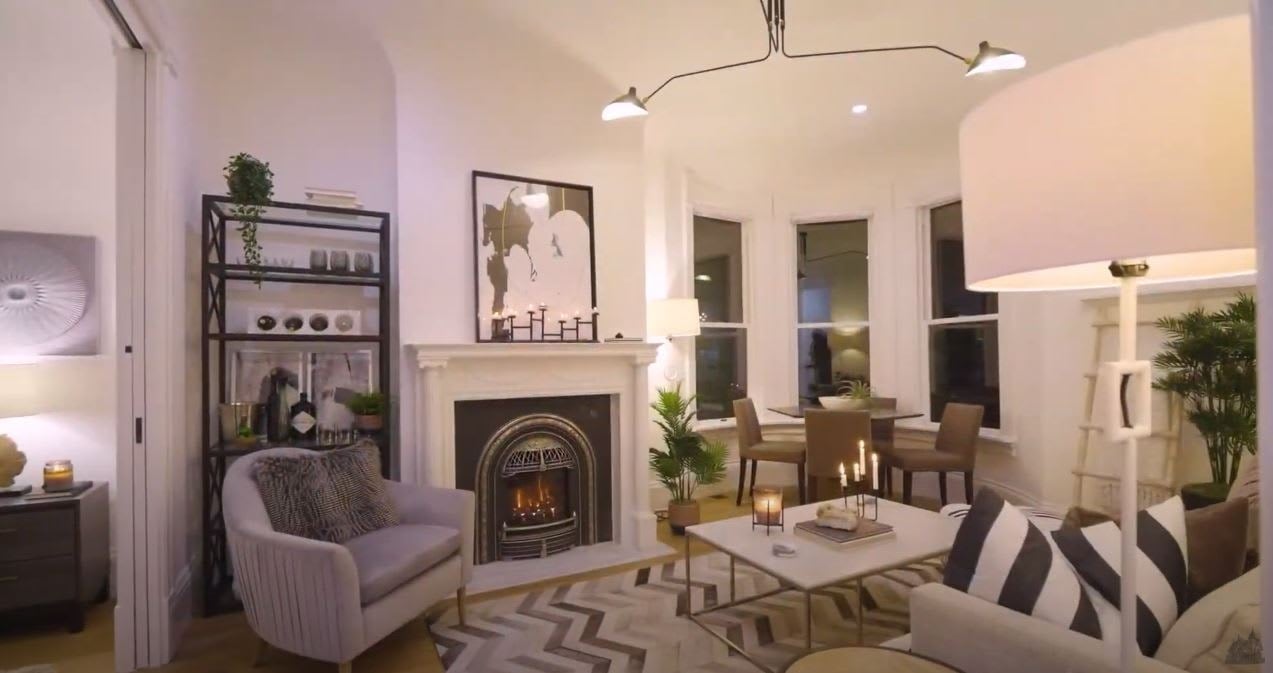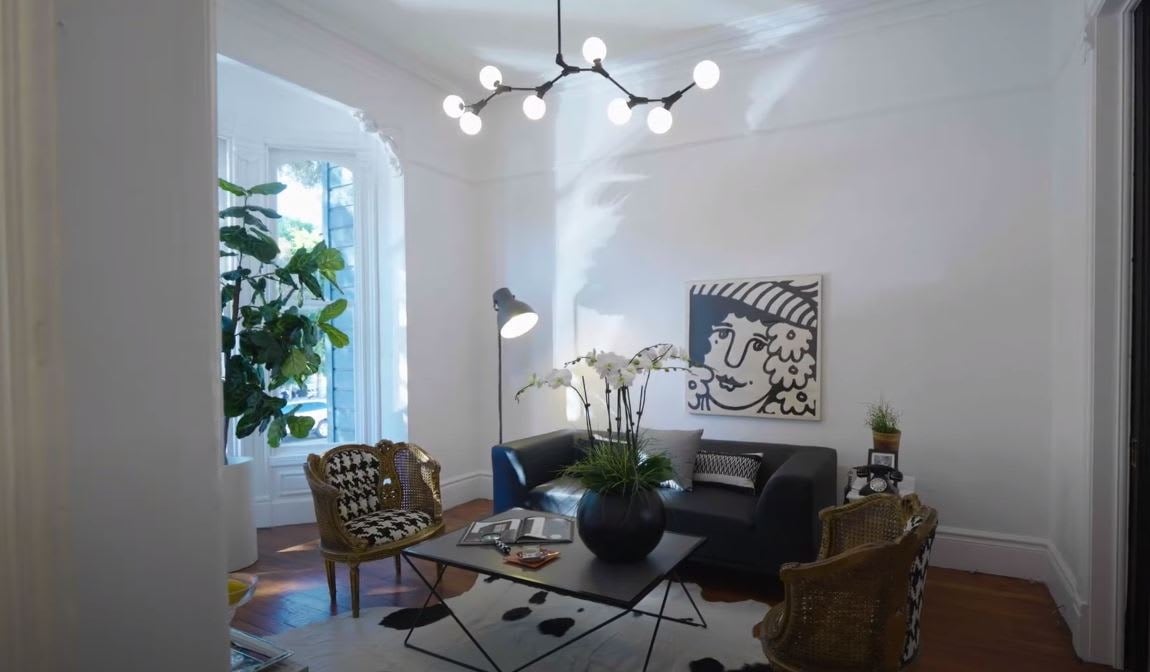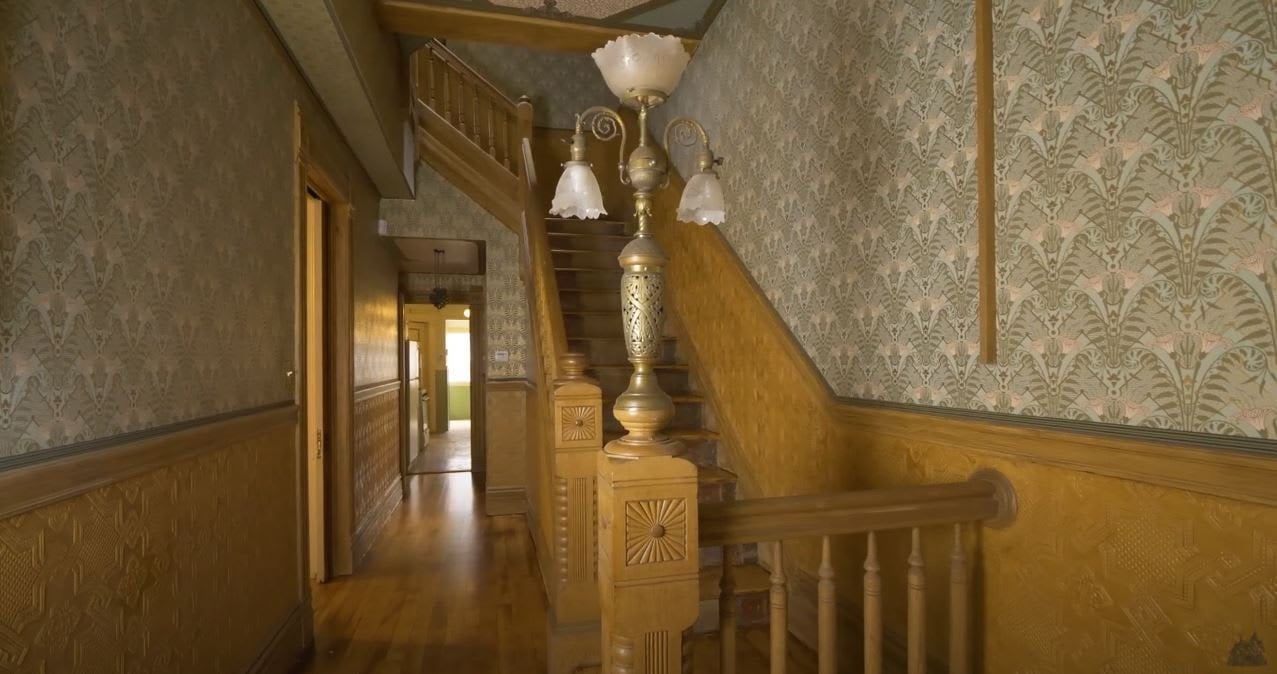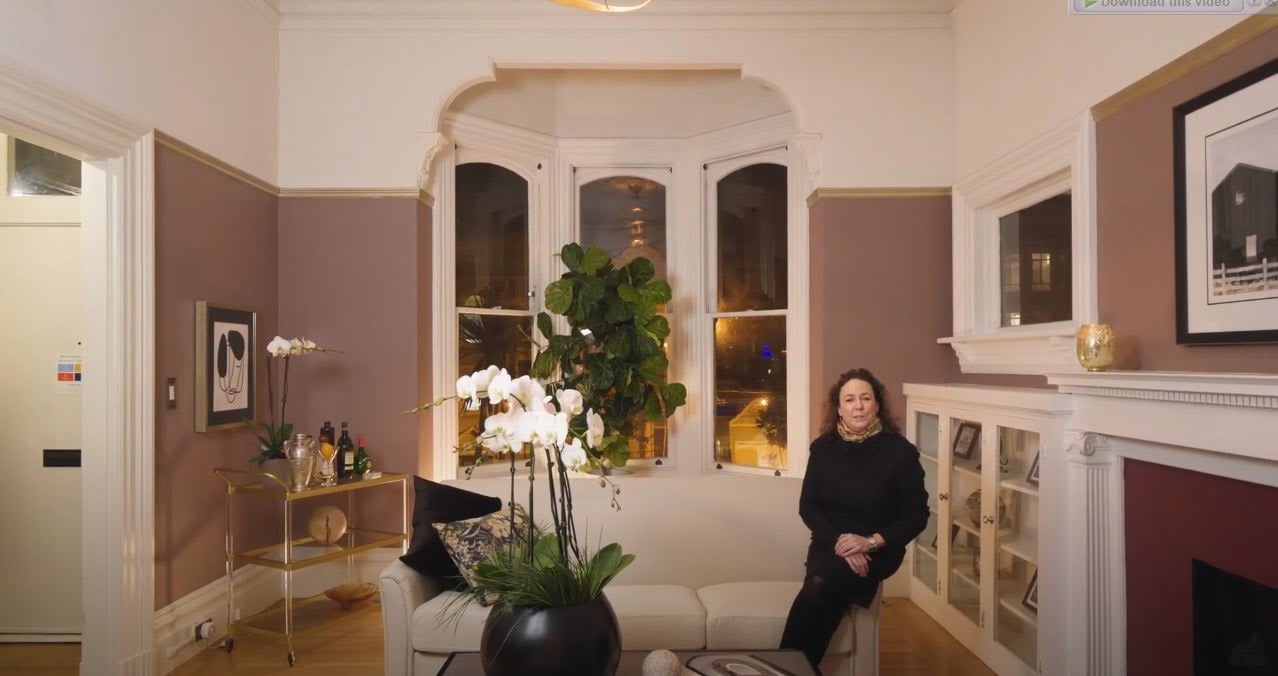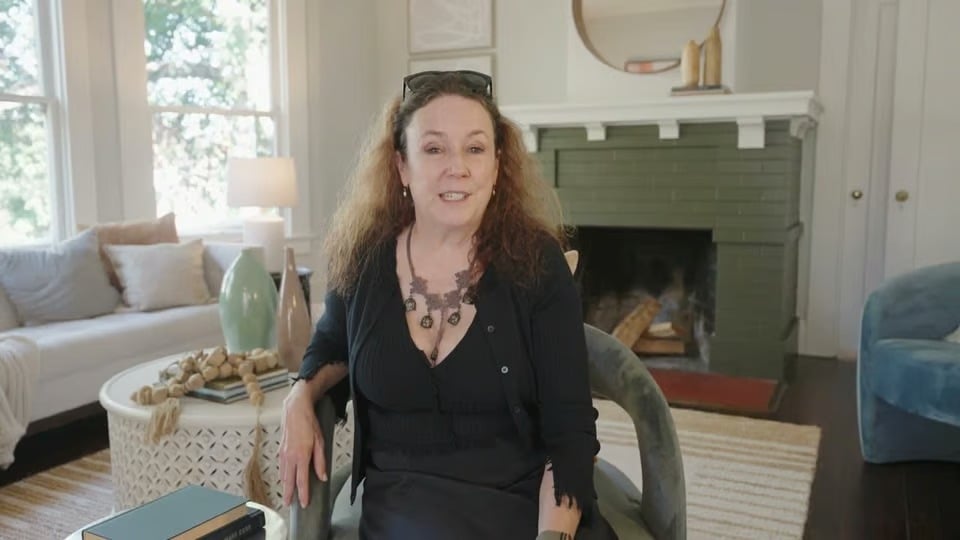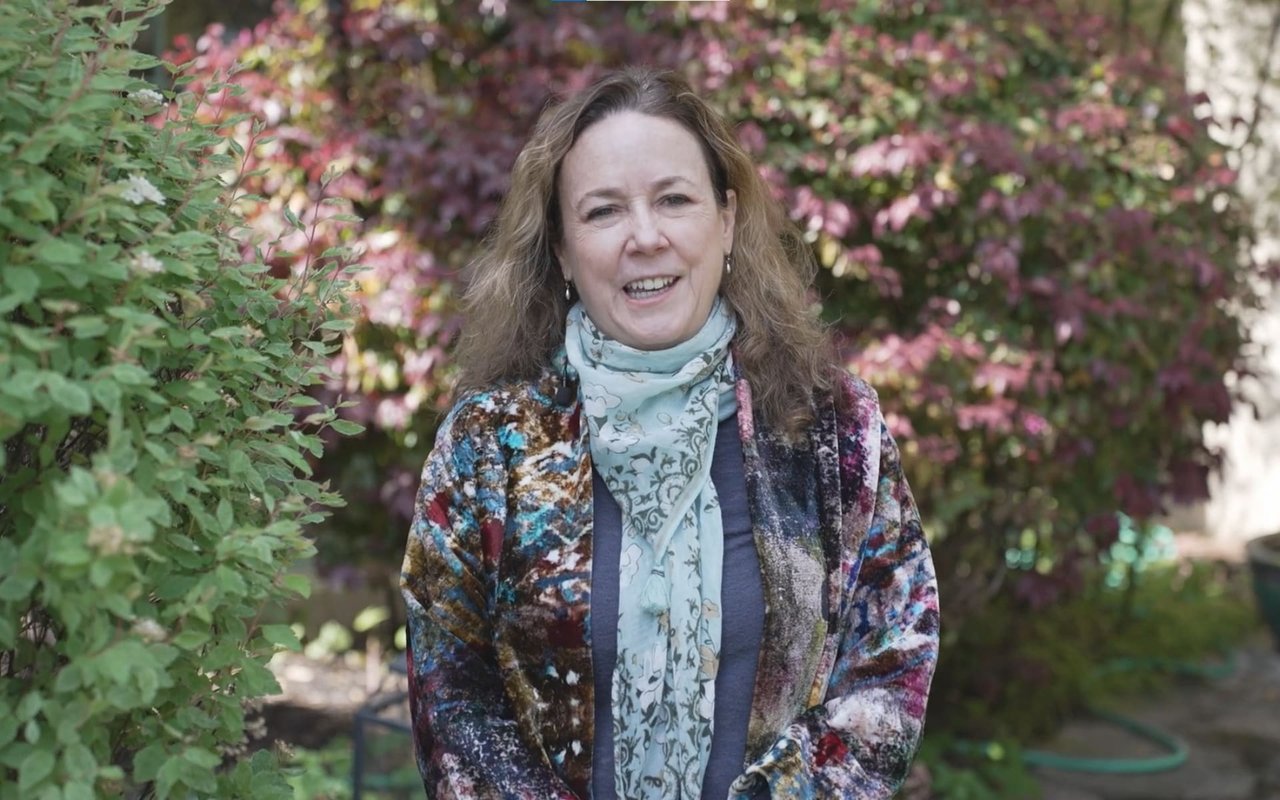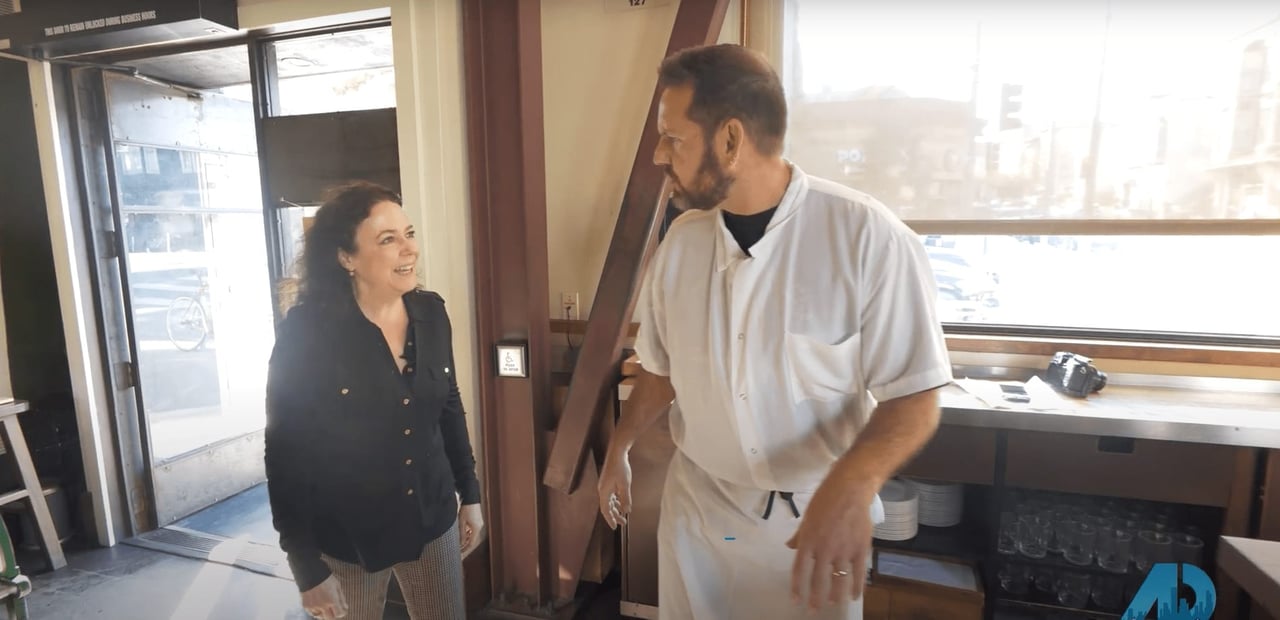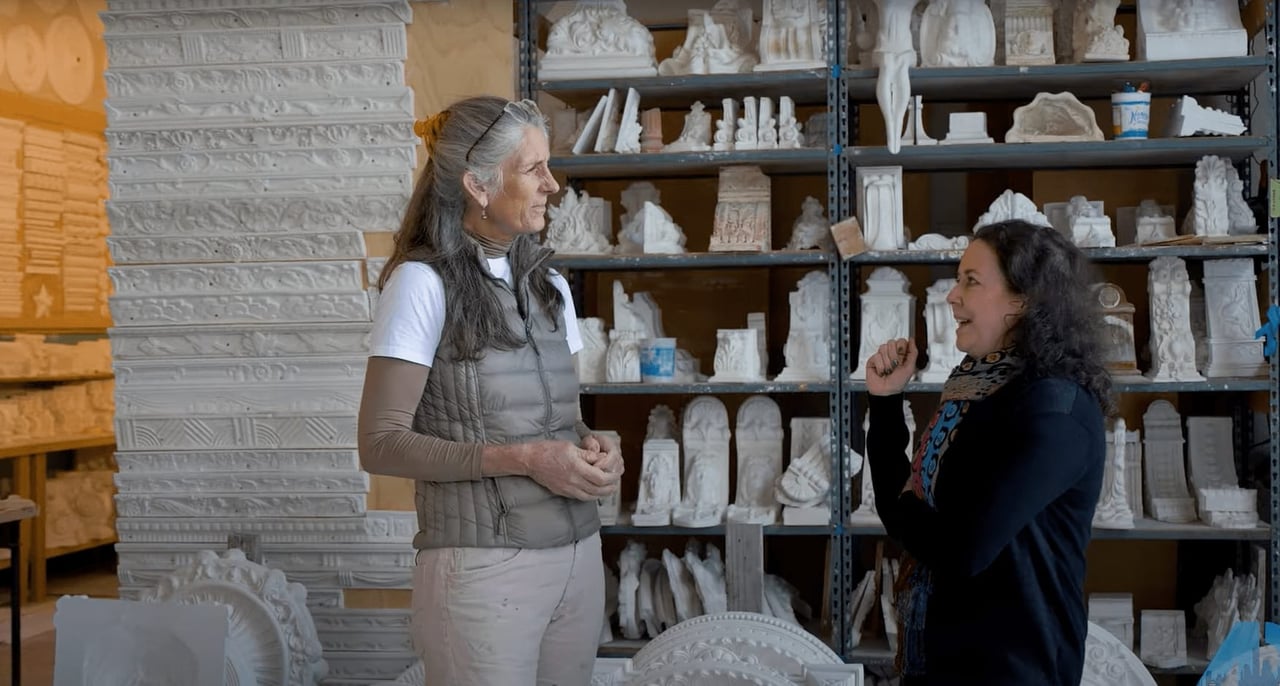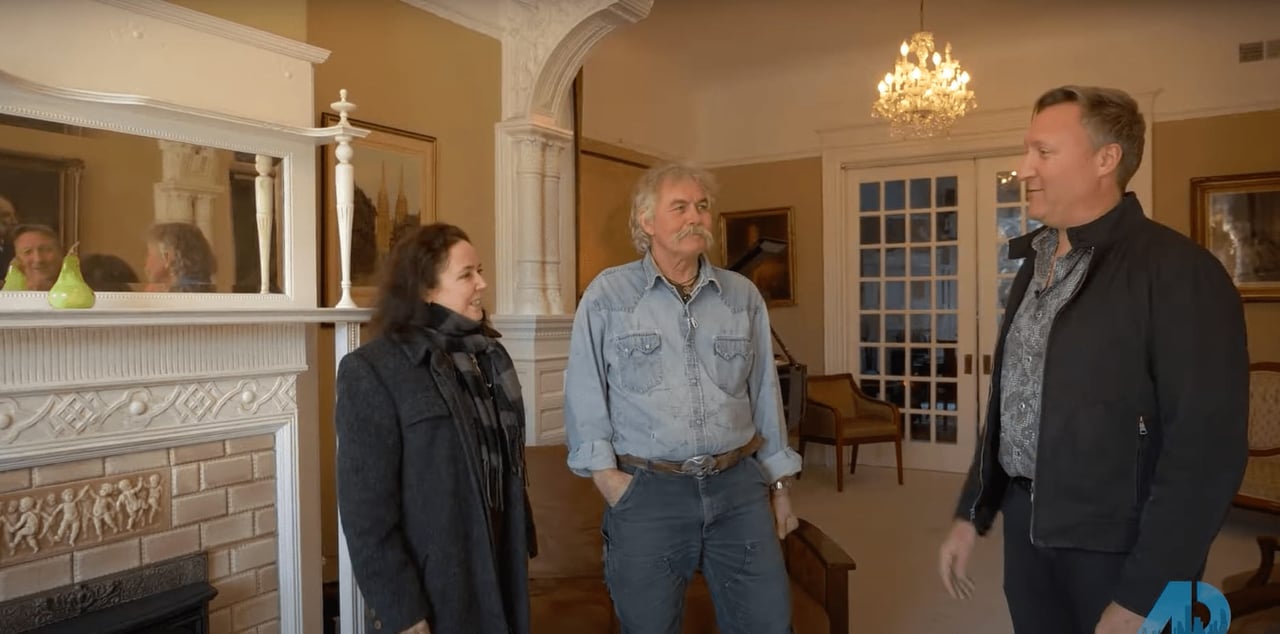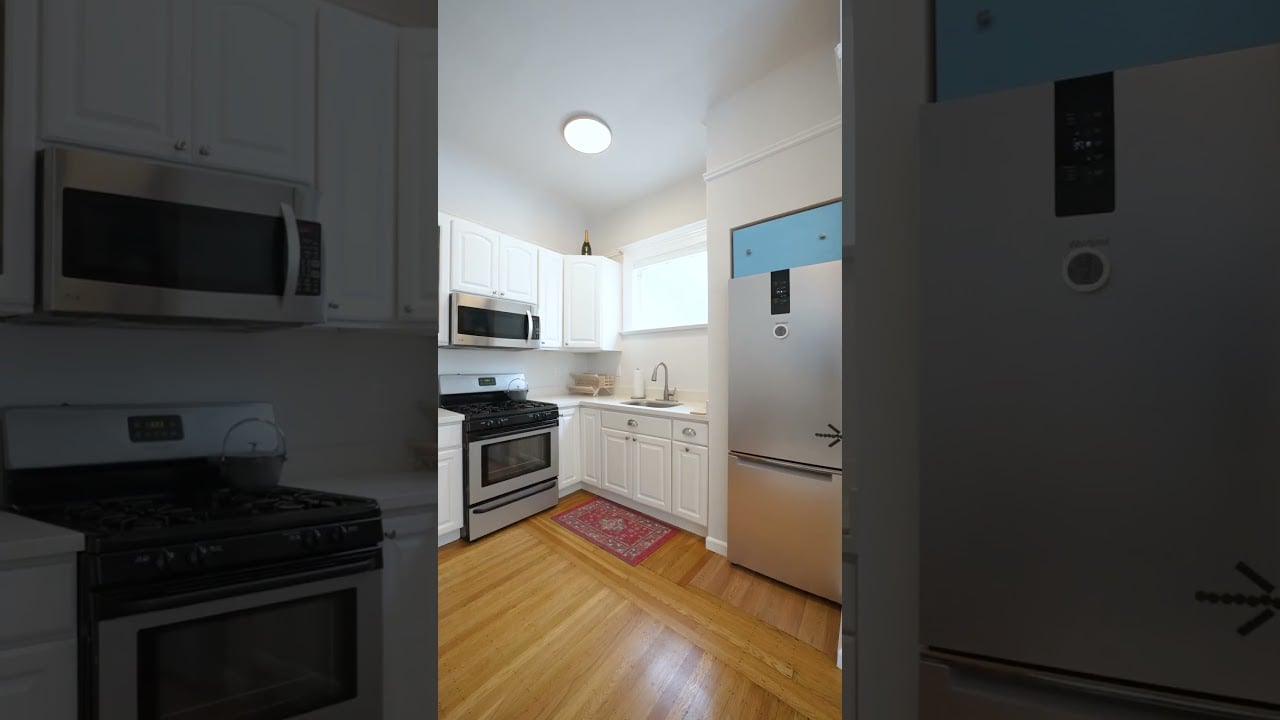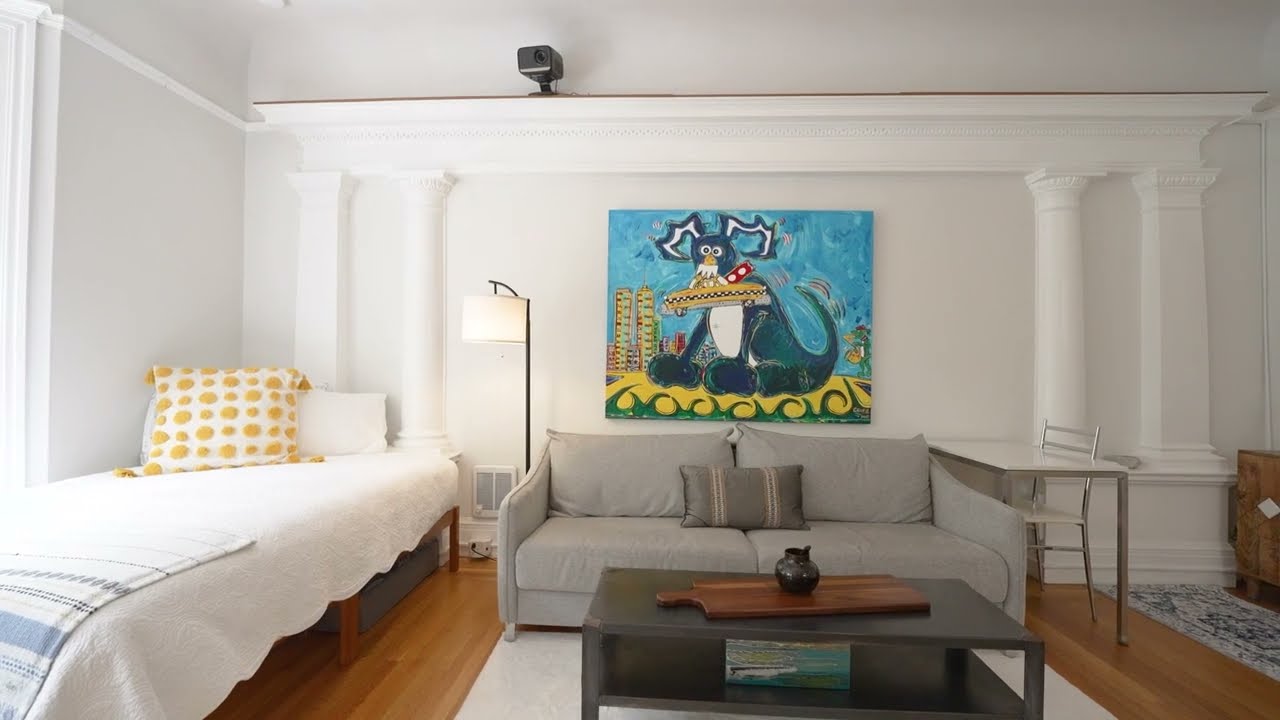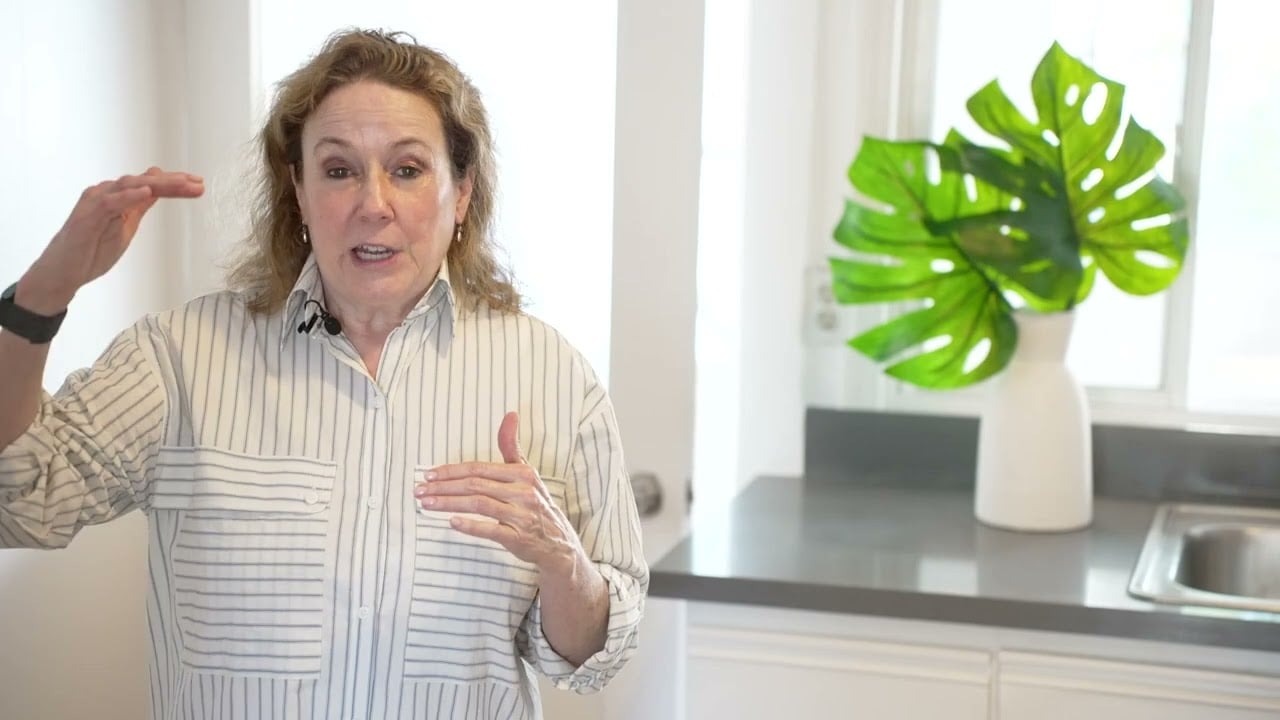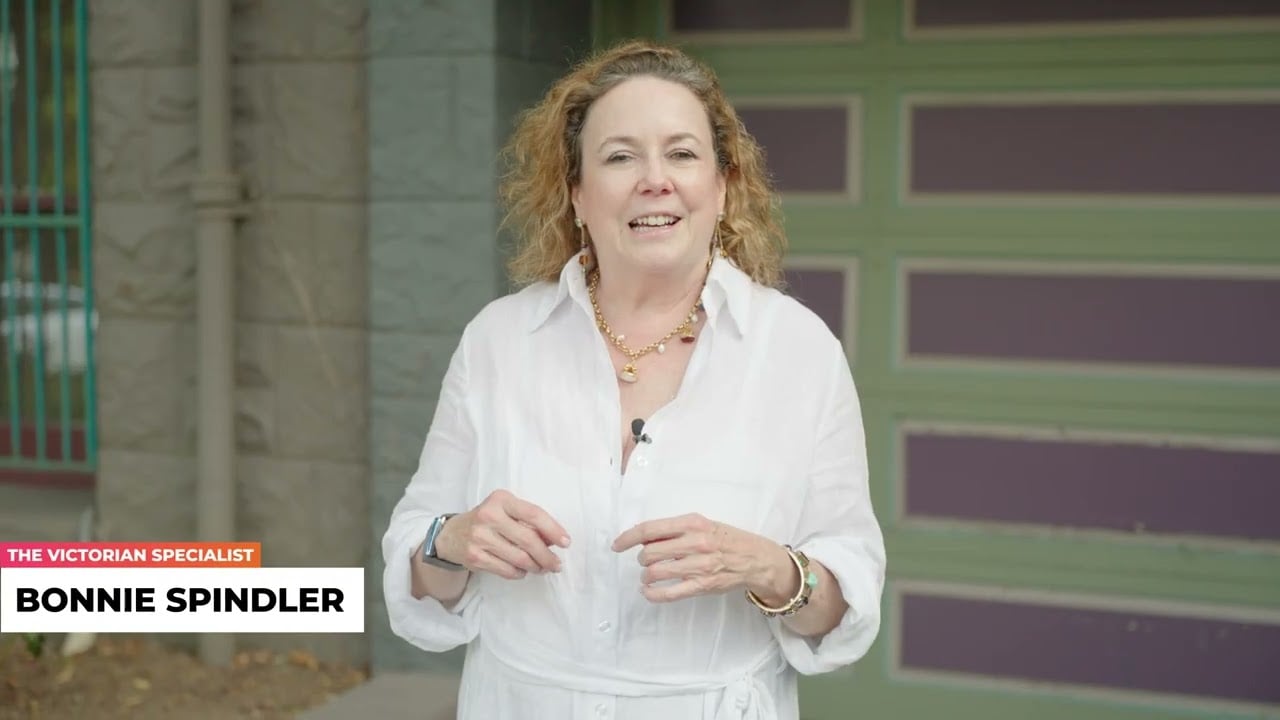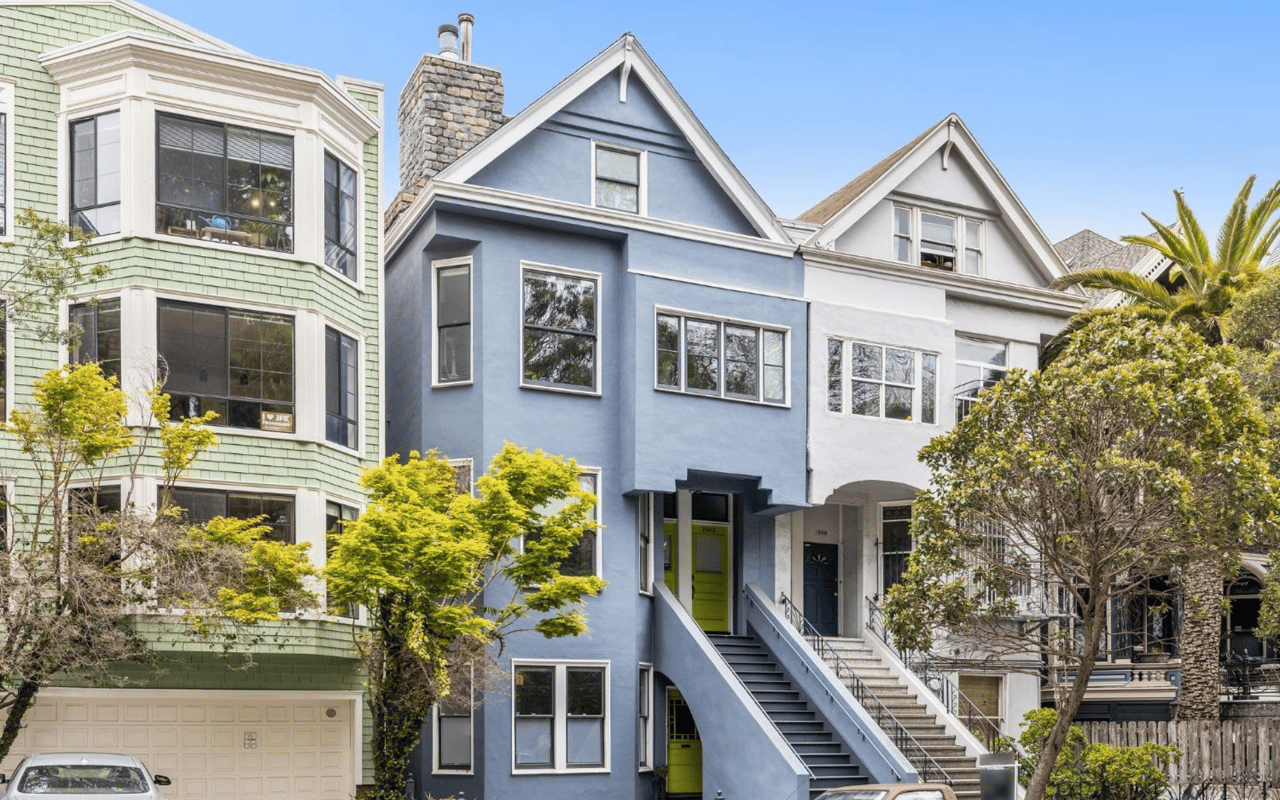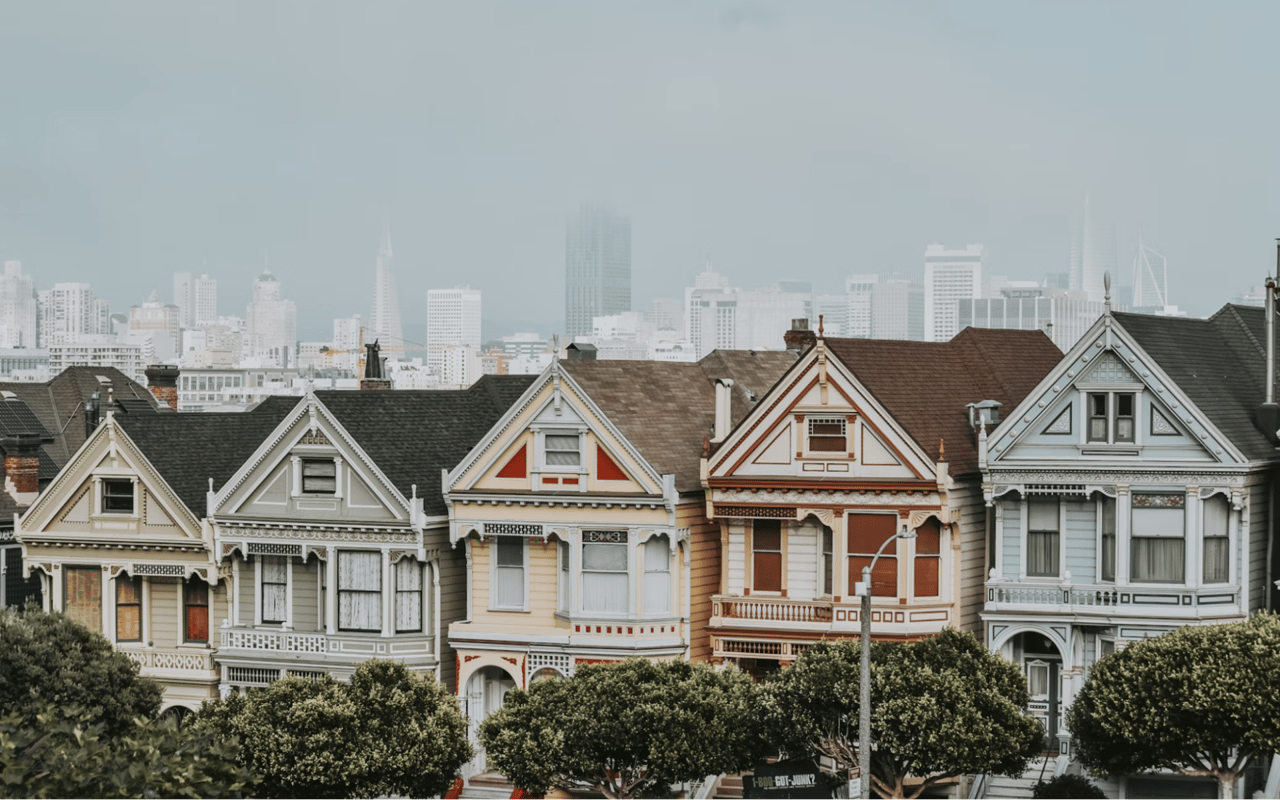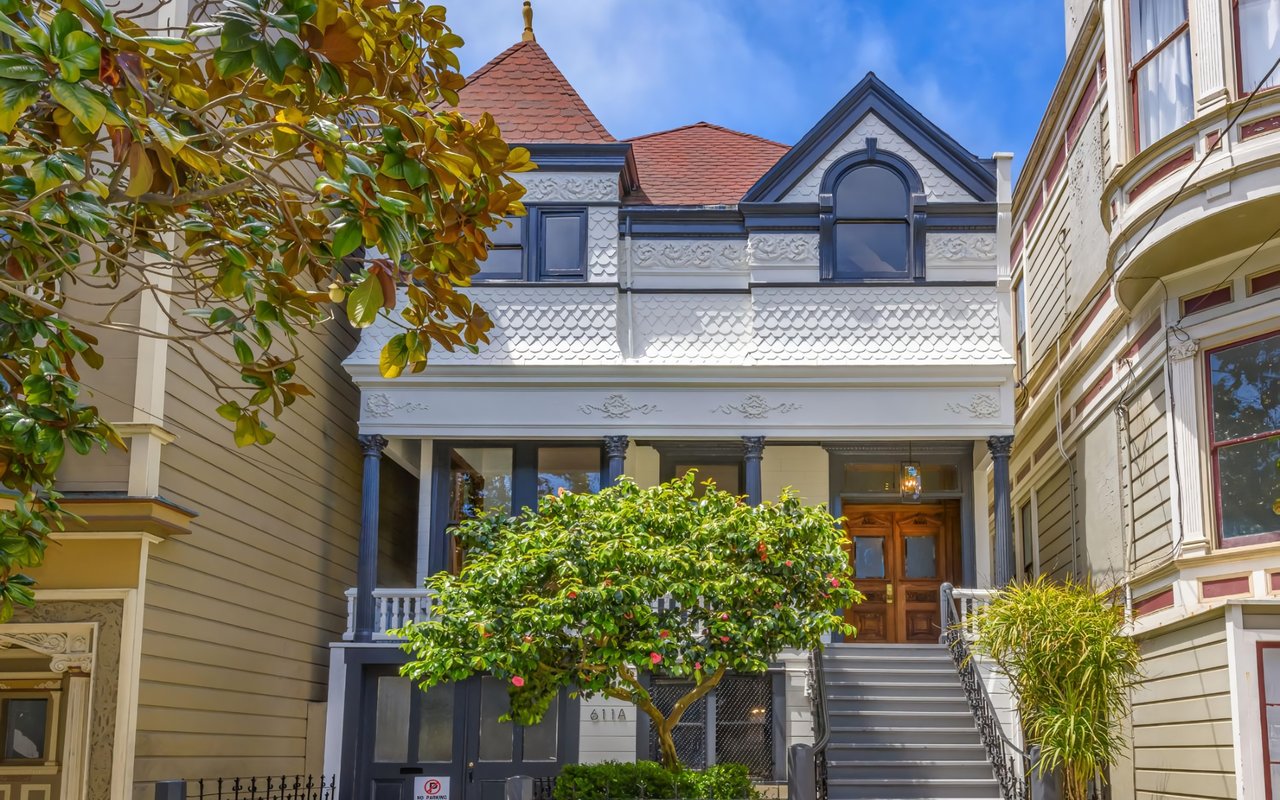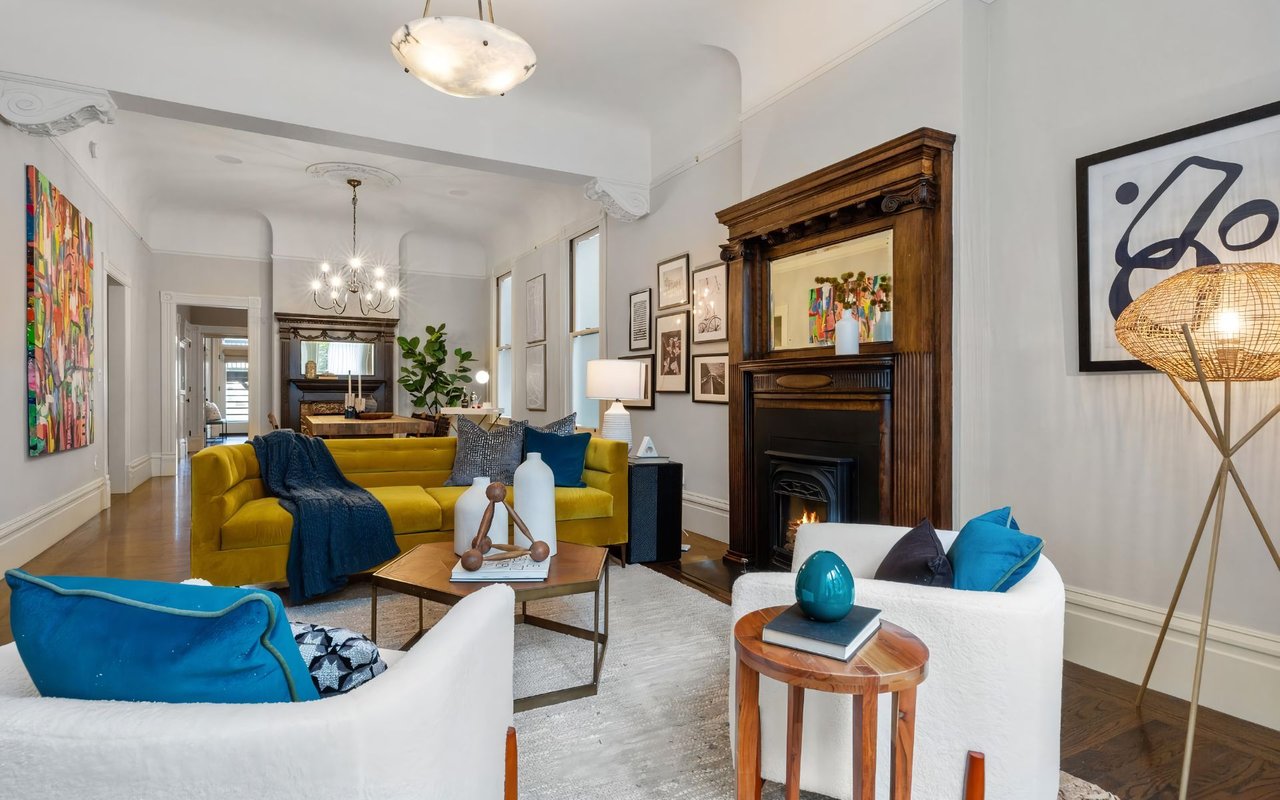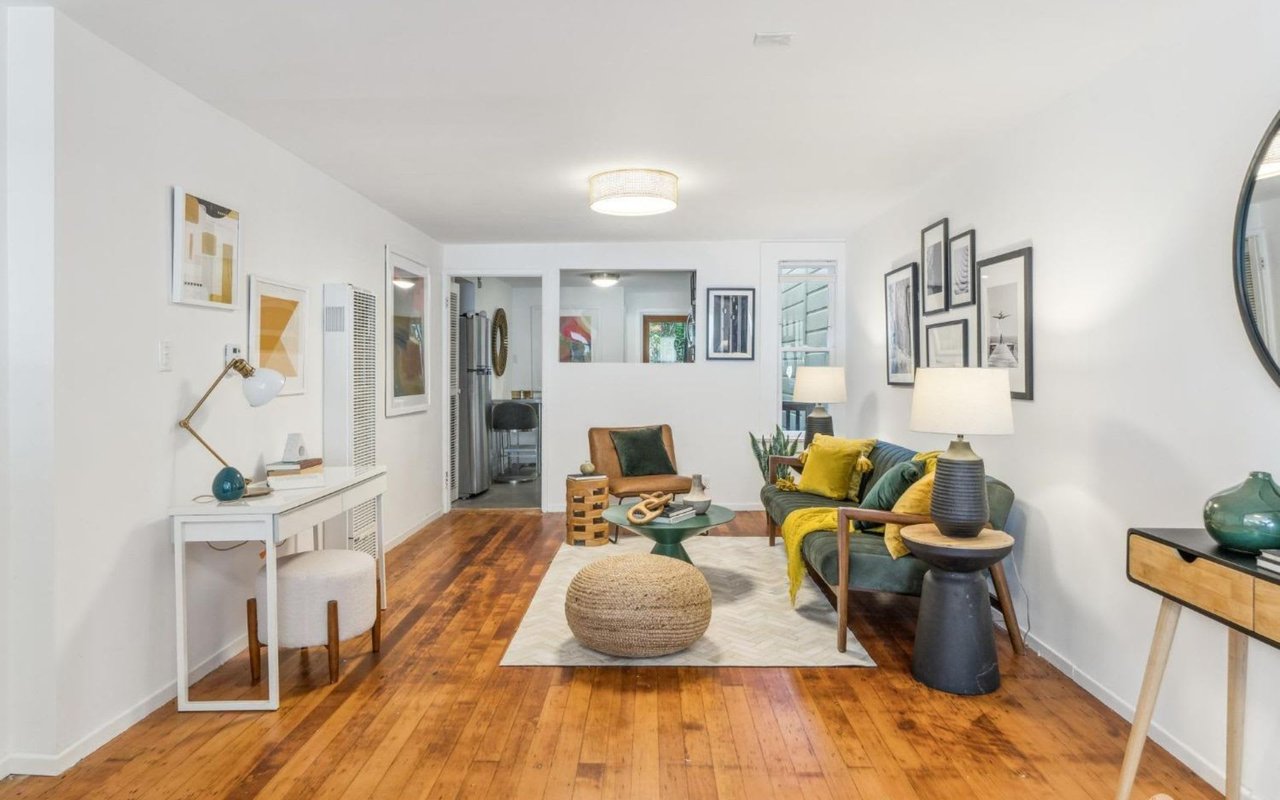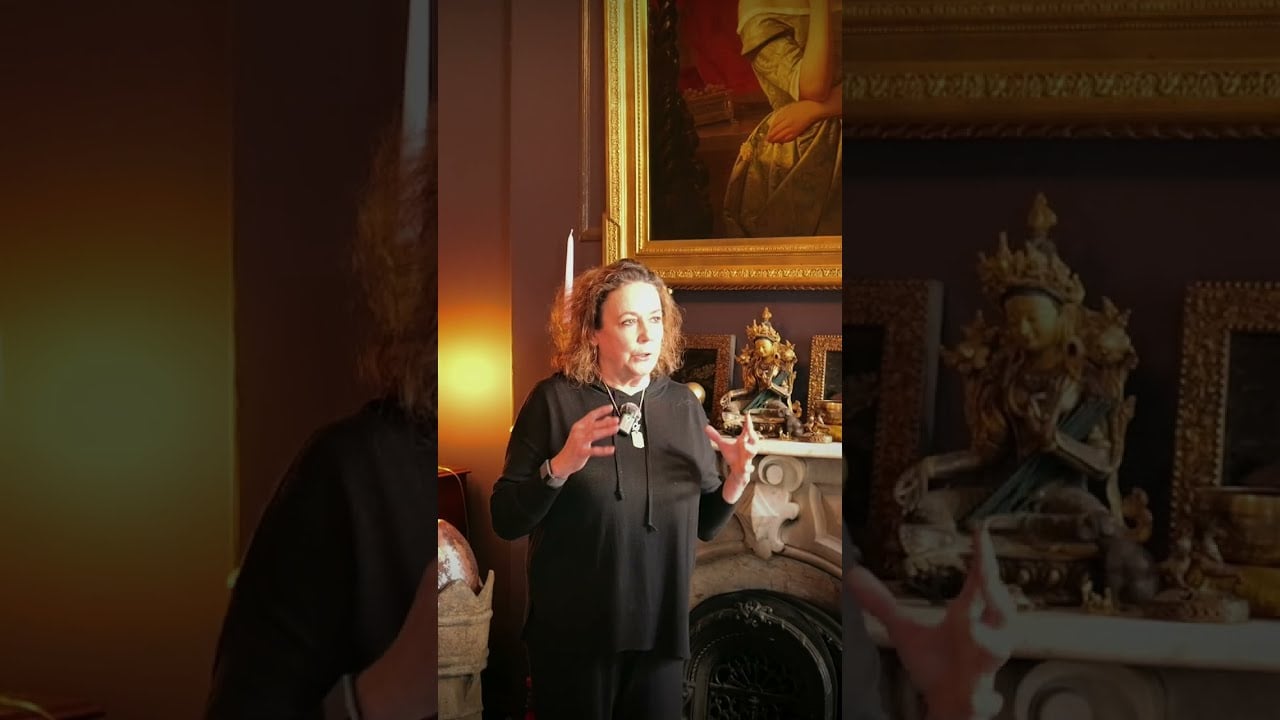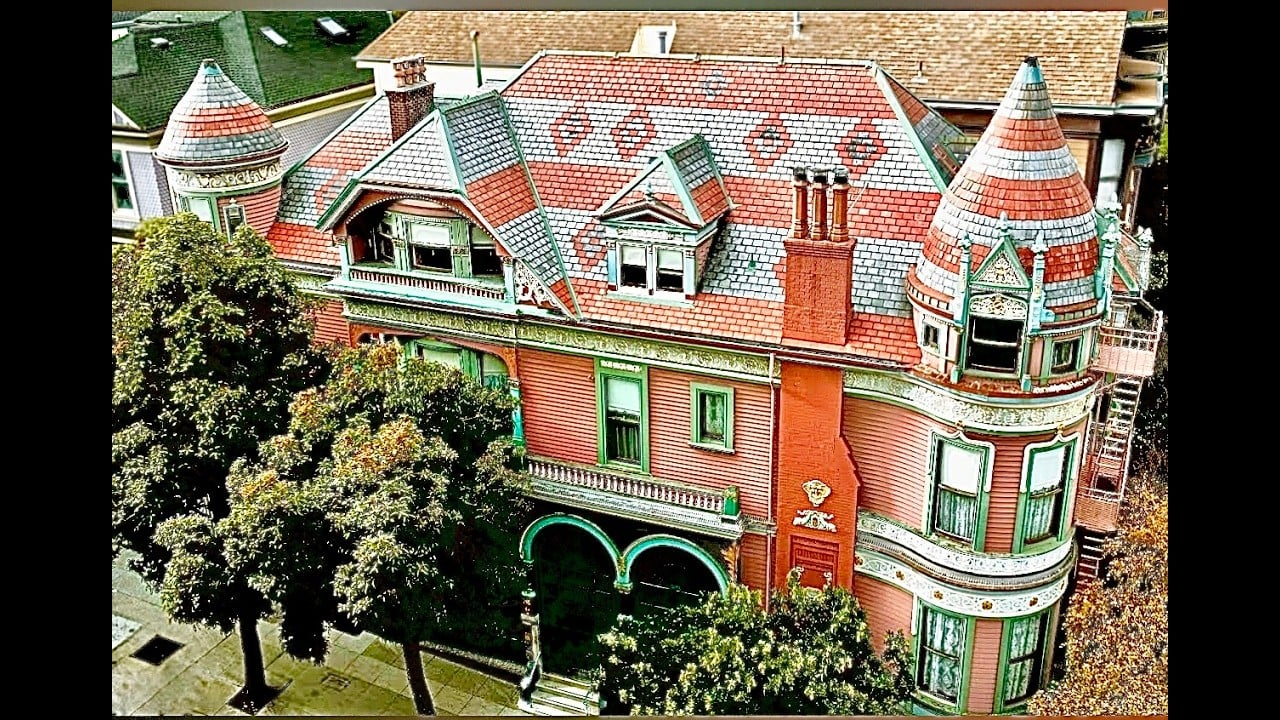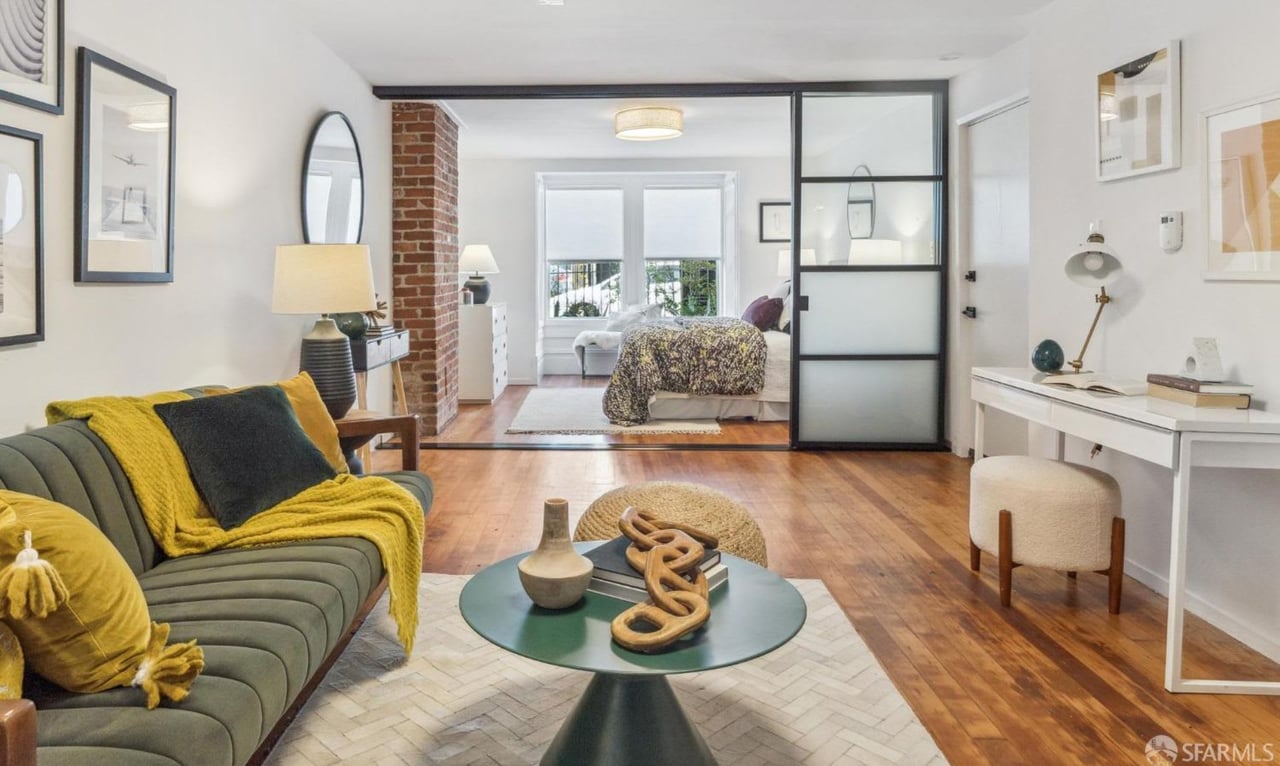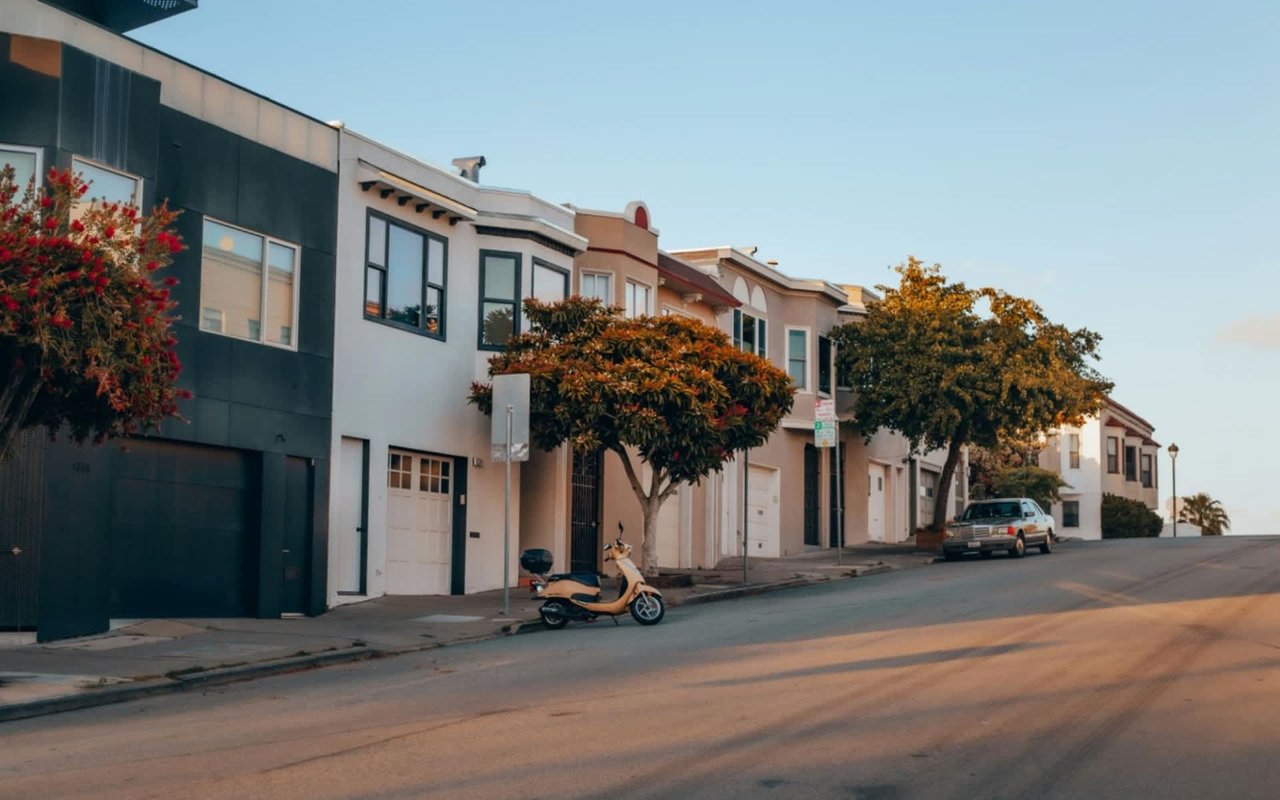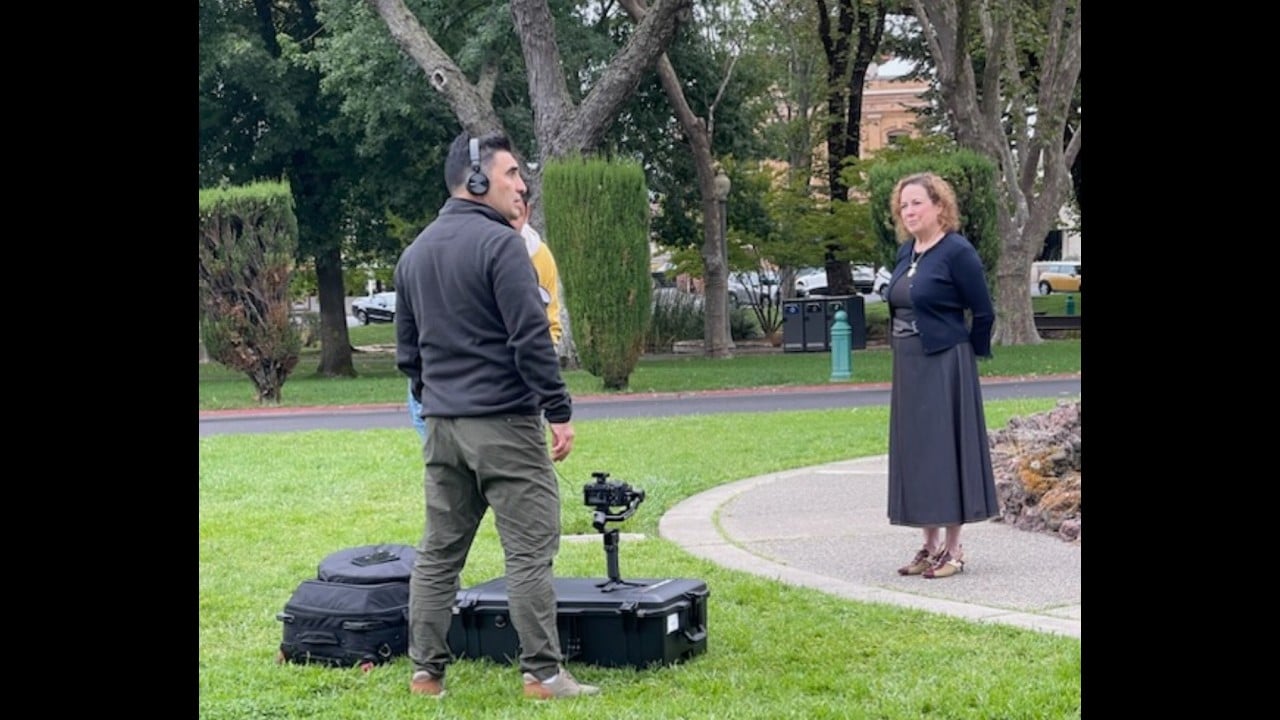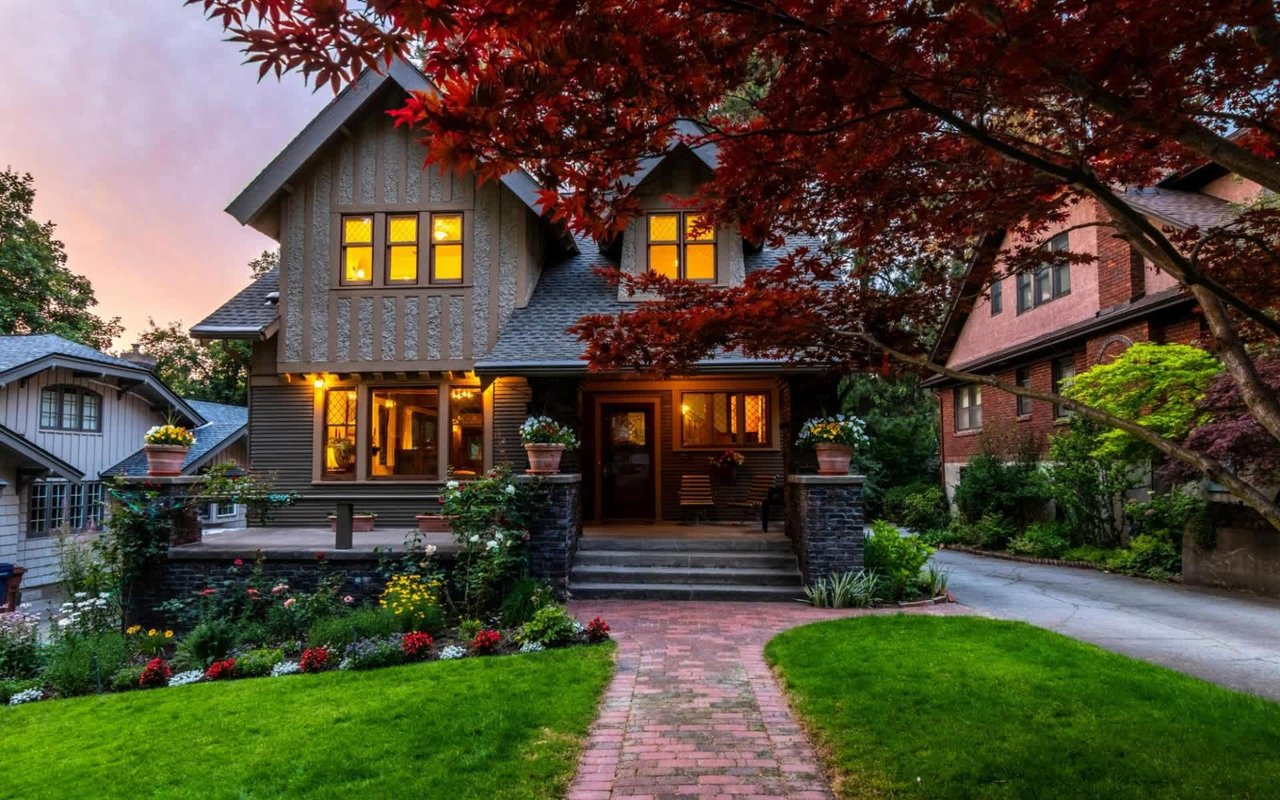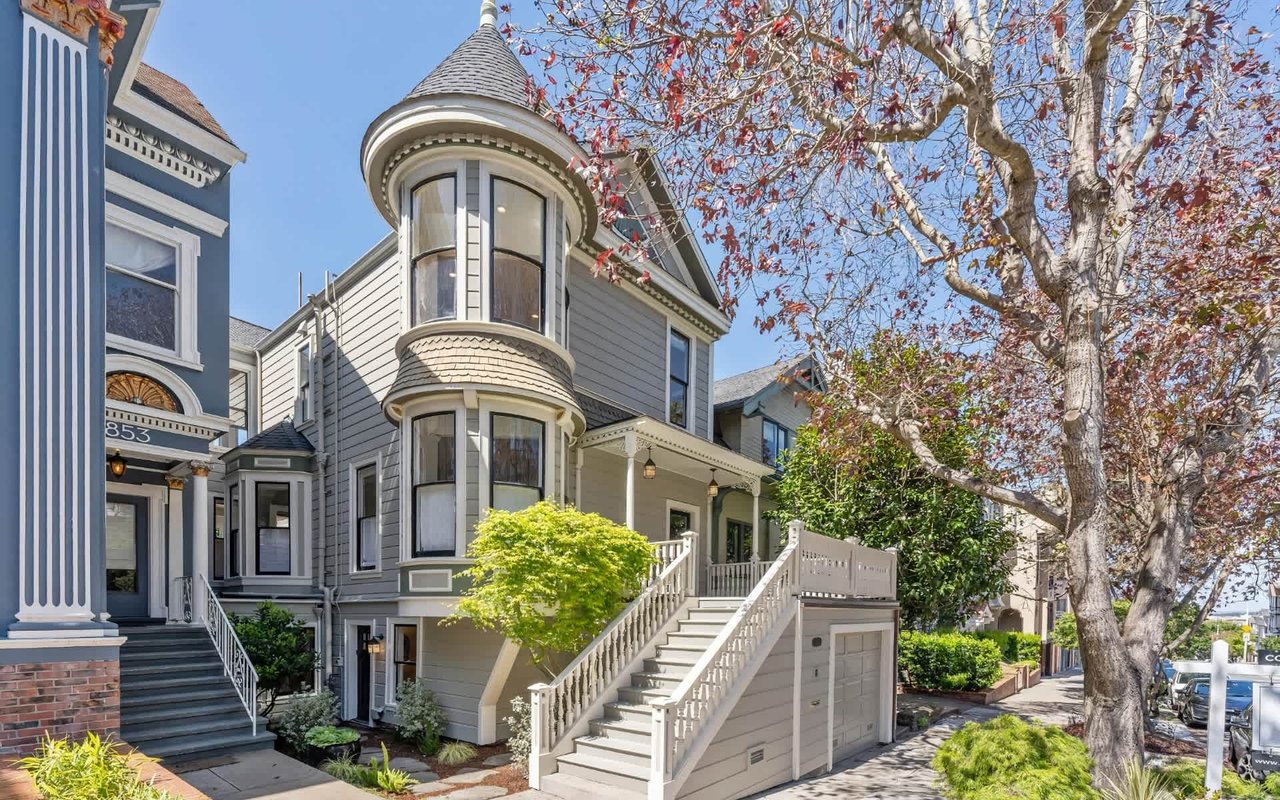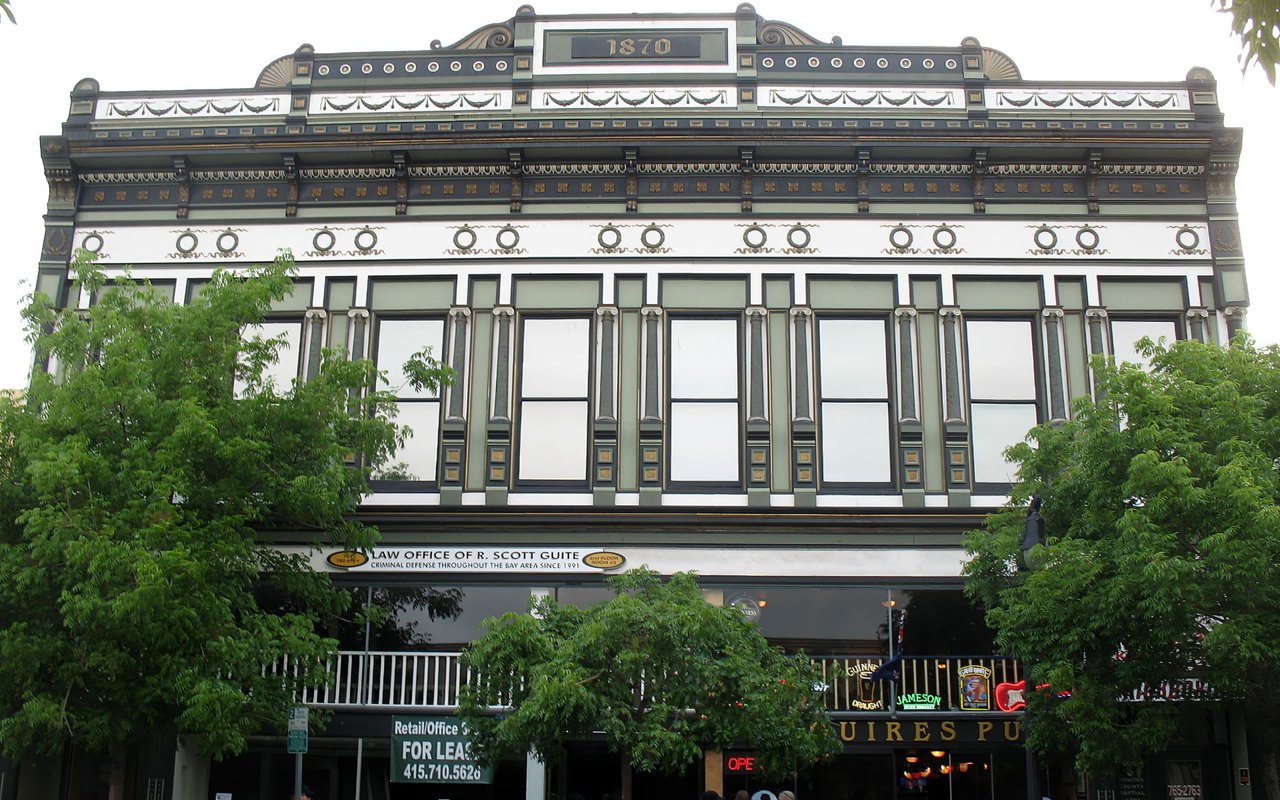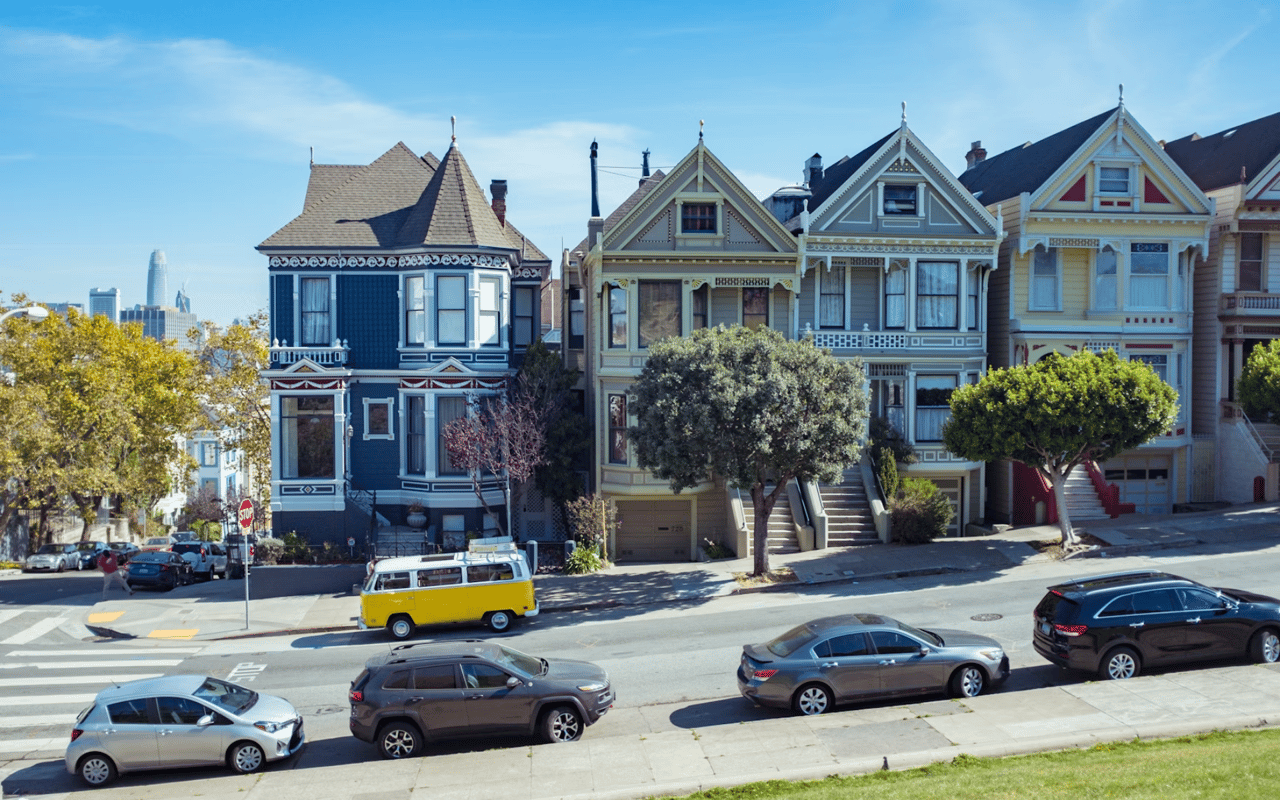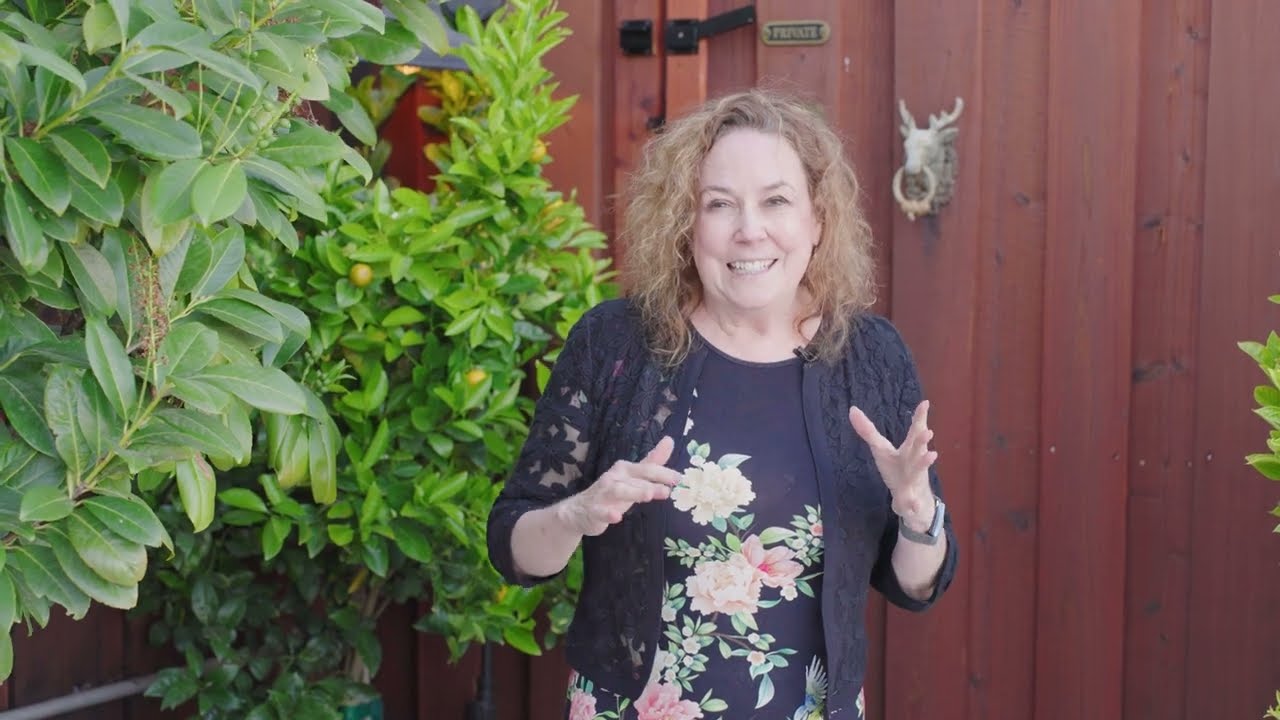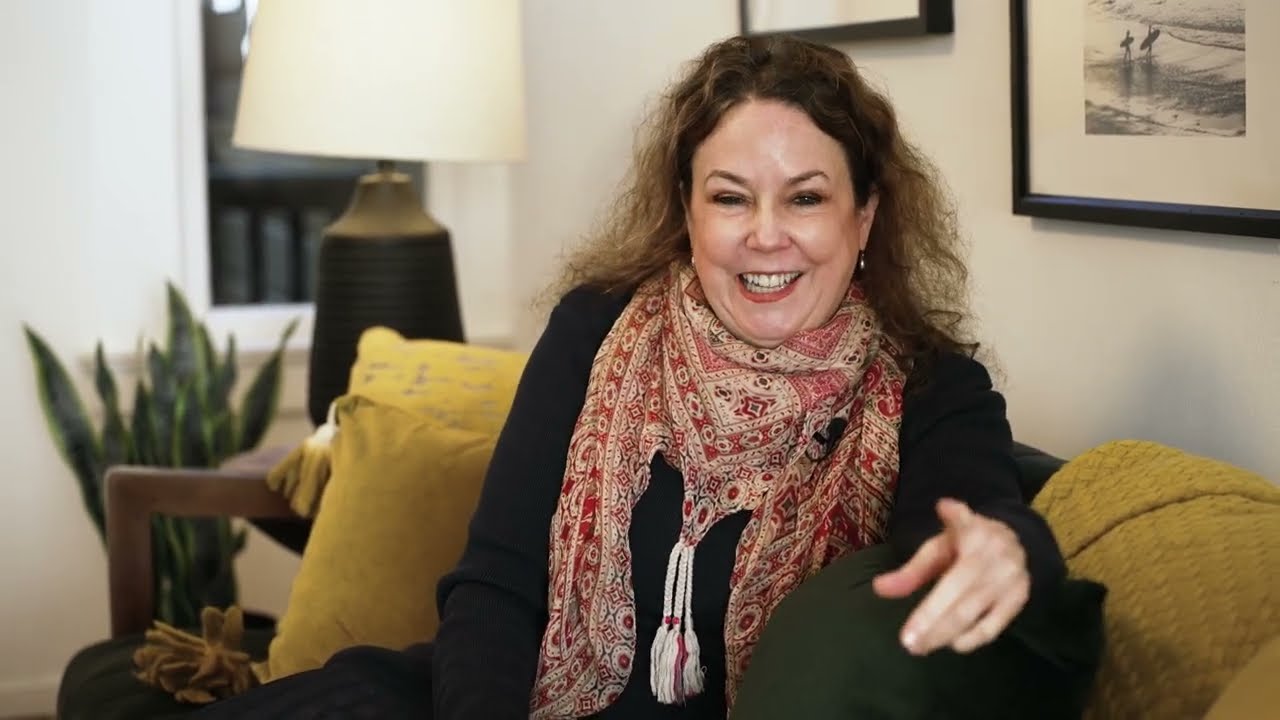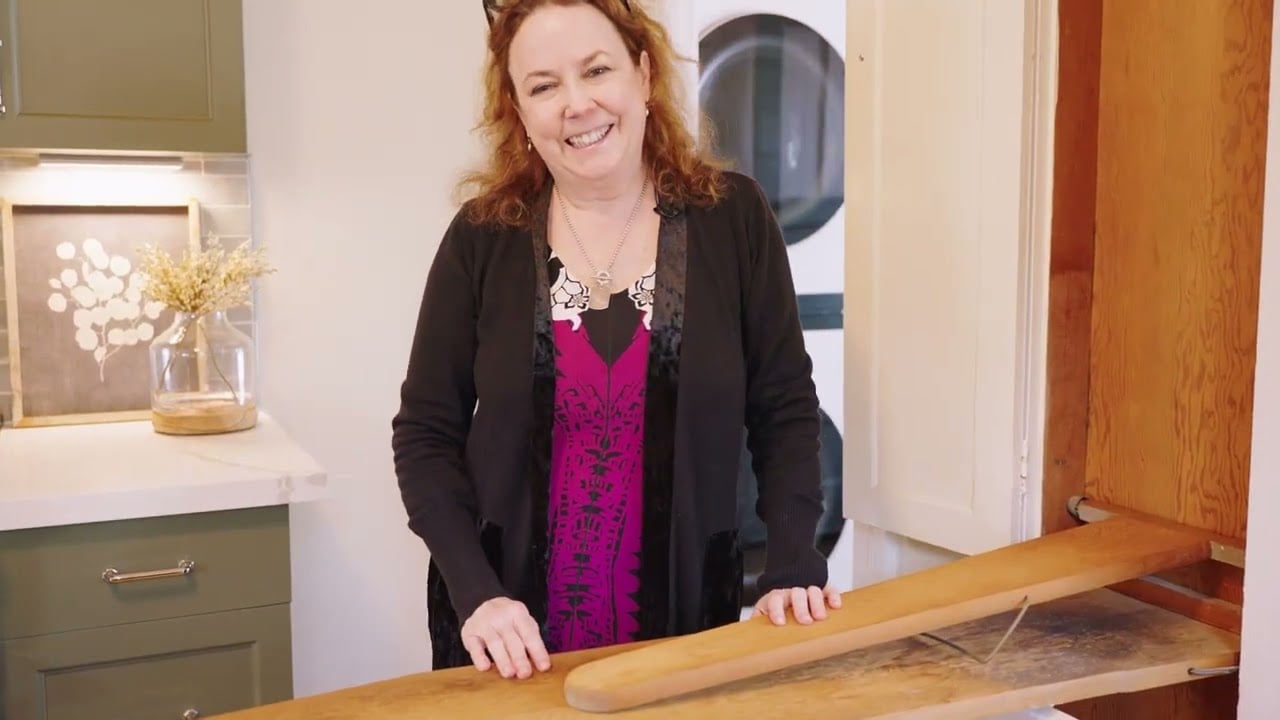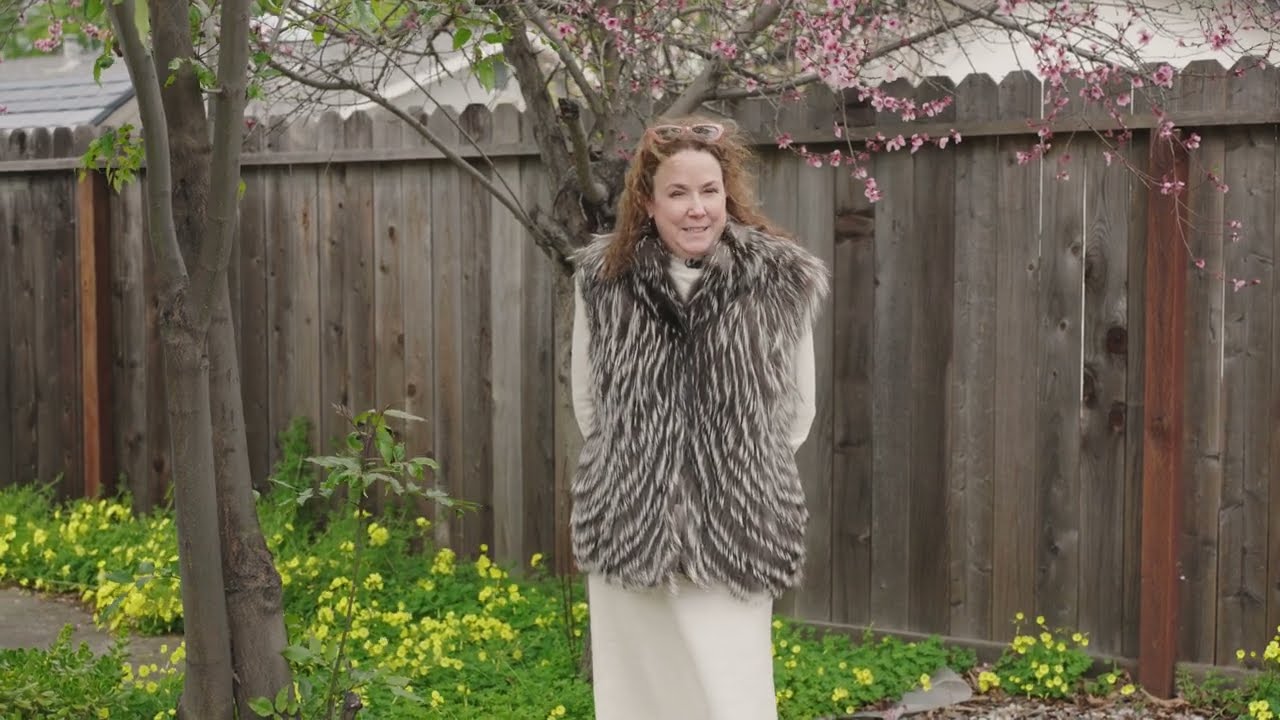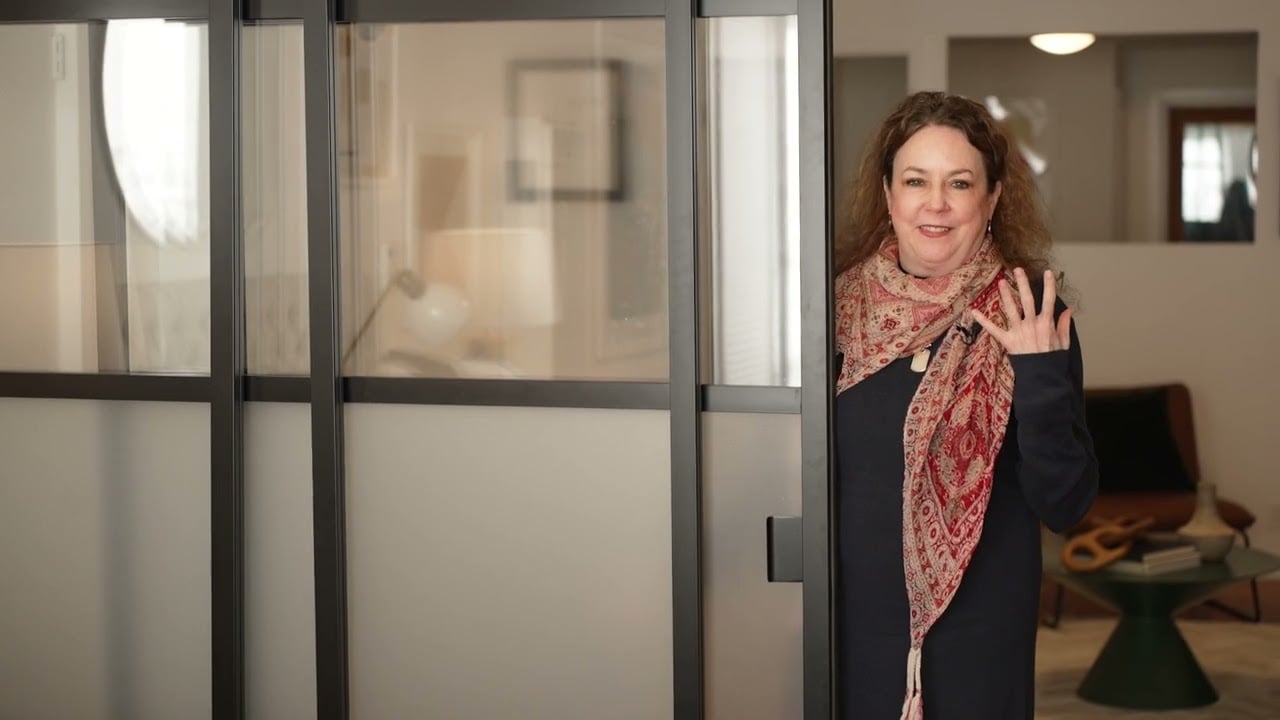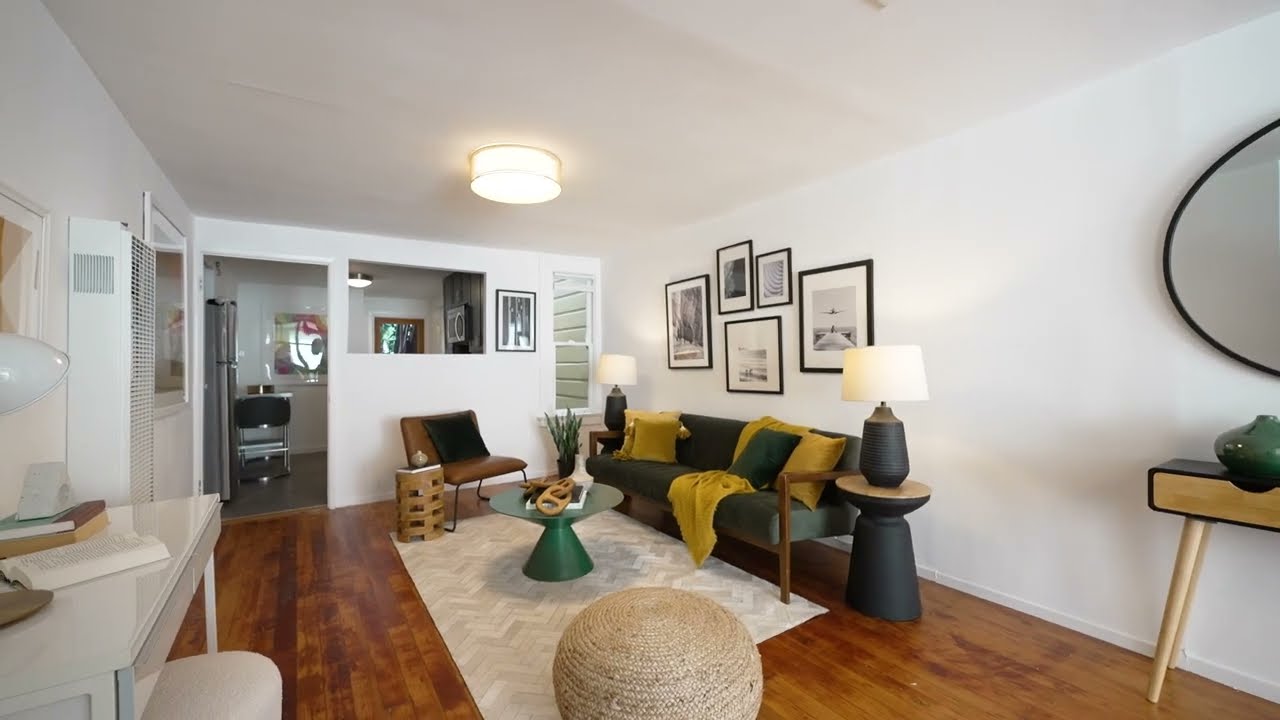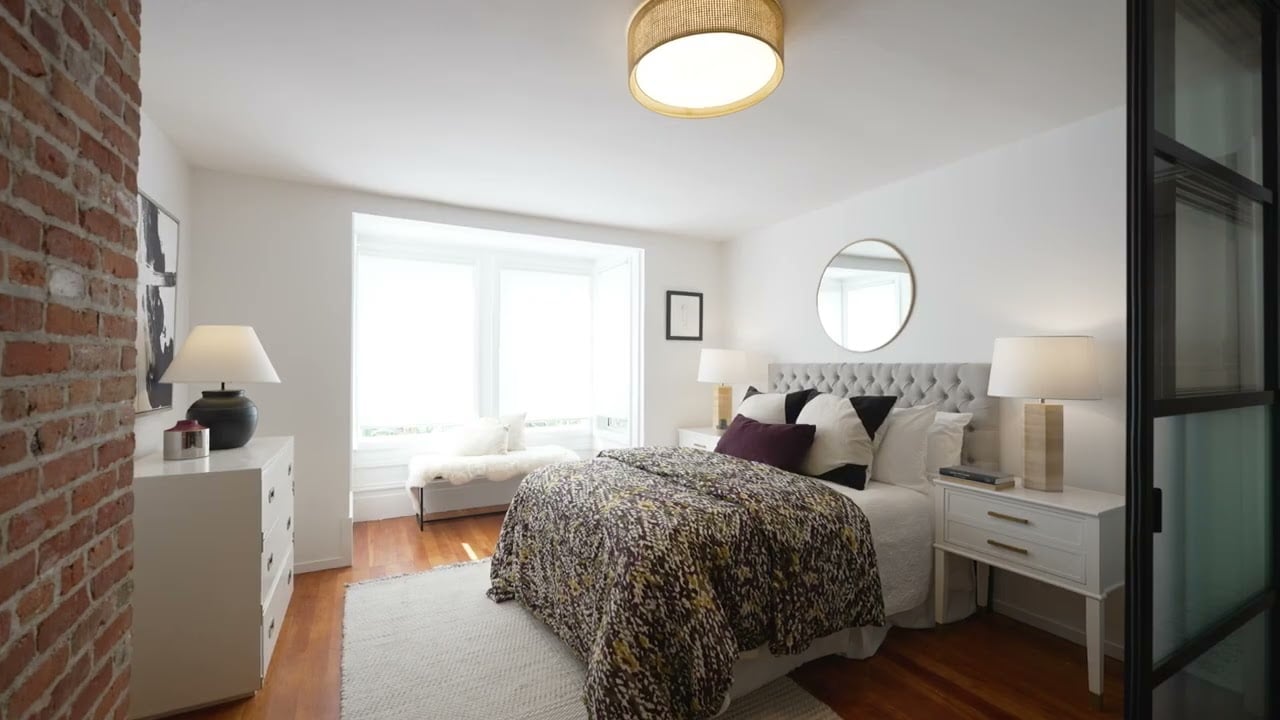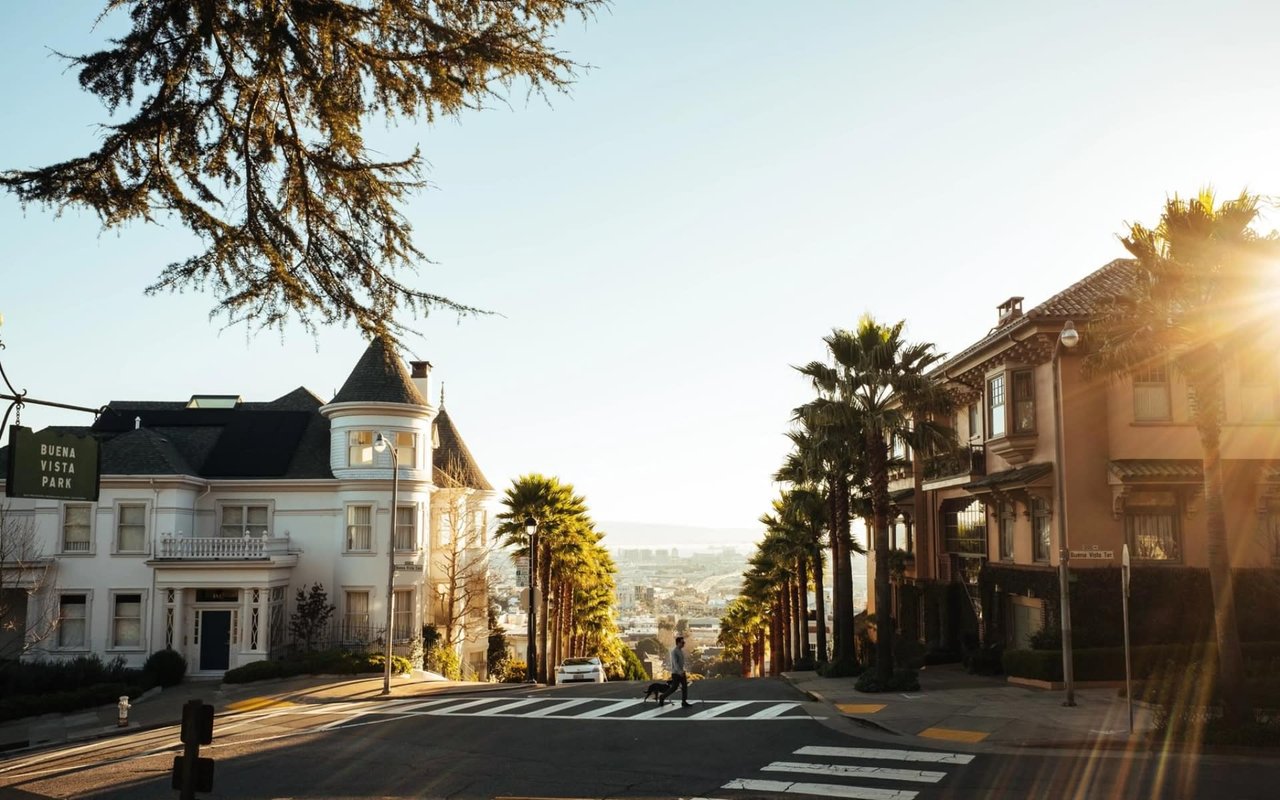Bonnie Spindler poured the champagne, and they came. More than 50 home buyers mingled in the urban mansion, nibbling hors d’oeuvres near the floating mahogany staircase while the real estate agent touted the fine Victorian architecture and otherwise braced to defend her asking price: $2.99m.
But no need. Within days of the exclusive open house, she had three offers on the estate, all cash, all above her asking price. It sold for $3.36m cash and closed in 12 days.
The scenario is increasingly common in San Francisco, where a recent spate of technology company flotations and acquisitions have pushed a fresh generation of all-cash home buyers into the local housing market.
“All of these Victorian mansions are selling to high-tech money,” Ms. Spindler said of her listings with Zephyr real estate. “There is a lot of tech money and that’s certainly what’s driving the market.”
After five years in the doldrums, the US is enjoying a housing market turnaround that is buoying the whole economy, as homes prices climb above the value of their mortgage, letting their owners refinance at today’s low rates, and new construction begins. Only now are 30-year mortgages fixed at 3.5 percent, the US benchmark, being threatened by a rise in bond yields.
Across the nation, prices are up by 10.9 percent compared with a year ago, according to the Case-Shiller index, as the number of foreclosures and distressed sales drops off. San Francisco is heating up faster, with prices in the Californian city up 22 percent, even prompting some fears of a bubble.
But there are fundamental reasons for prices to go up in San Francisco. The unique geography of the city has always contributed to a crunch in supply. Surrounded by water on three sides, the 7-mile square city has little space for developers to build new homes. The recession shut down the supply of credit to builders, choking off what new construction there was, a dynamic mirrored in other prosperous cities such as Washington.
“The stock just isn’t there,” said Sean Randolph, chief executive of the Bay Area Council Economic Institute. “There was virtually no new housing developed since the recession began in 2008, 2009. There just is not the supply of housing at any level to meet demand.”
And while demand is always high because of the city’s temperate weather and unique culture, a boom in technology jobs in recent years has caused the recent spike.
As a result, Ms. Spindler said she has seen almost 70 percent of the home offers come in above the asking price, 10 percent at the asking price, and 20 percent below.
Most are coming from people employed at one of the big technology companies in Silicon Valley or profited from investing and working small start-ups that have been bought by one of the big companies.
Realtors began seeing signs of improvement in the latter half of 2011. There was a flurry of activity late last year when Facebook employees were allowed to start selling their stock, after the company’s IPO, said Shane Ray, a realtor with Domicile Properties. Demand also mirrors the stock market.
“If Apple stock is down, you see Apple clients a little hesitant to cash in,” he said. “If the stock is up, people are looking to buy. It goes hand in hand.”
Instant millionaires have also been multiplying as large companies go on acquisition sprees. Many of Mr. Ray’s clients were among the first employees at start-ups that have been bought by Yahoo, Facebook, Zynga, or Microsoft.
One result of the cash purchases has been a slight relaxation of bank rules around loans. Banks had been issuing fewer loans because of the cash deals and are no longer able to cherry-pick their clients. So they have had to loosen some restrictions, such as loans to the self-employed. But even with loans, many homebuyers are being overbid again and again. Ms. Spindler represents a couple, both psychiatrists, who have made 38 offers. They want to pay $1m for a house and are able to pay 35 percent in a down payment. “They’re shut out of the market,” Ms. Spindler said. “The question is, when do average people get to buy a house again? If you don’t work in a place that’s giving you large stock options, it’s pretty darn difficult to get into the housing market.”
Many people who could not break into the housing market in the early and mid- 2000s found opportunities outside the city. Developers turned to inland cities such as Tracy and Stockton, 1½ hours away, to build masses of new housing developments intended for commuters to San Francisco.
Those areas were some of the hardest hit in the nation by the foreclosure crisis with home prices plummeting more than 50 percent. The area is inching back toward recovery, but still, far from pre-recession conditions – house prices rose 19 percent in April compared to the year before, according to DataQuick, to a median price of $197,000.
San Francisco suffered much smaller losses and is making them up more quickly. The median home price is now $815,000.
Rents are similarly high. The average monthly rent for a two-bedroom apartment increased 12 percent to $3,015 in the first quarter of the year compared to a year before, according to real facts.
Evictions are up, as well. The instances of landlords booting out tenants in order to sell the property have increased 81 percent in the last year to 116, according to the San Francisco RentBoard’s March annual report.
These shifts in housing are starting to be reflected in the resident demographics and even politics of certain neighborhoods, said Sara Shortt, executive director of the Housing Rights Committee of San Francisco. Concentrations of evictions have occurred in Noe Valley and the Castro, areas of the city favored by tech workers. New residents there elected a local representative in 2010 who supports more real estate-friendly policies over rent controls.
“A lot of people who would be fighting back are gone now because they left-back in the first dot-com boom,” Ms. Shortt said. “The typical San Francisco voices who say ‘preserve our communities and keep the diversity of the city intact,’ you don’t have as many of those here anymore.”



